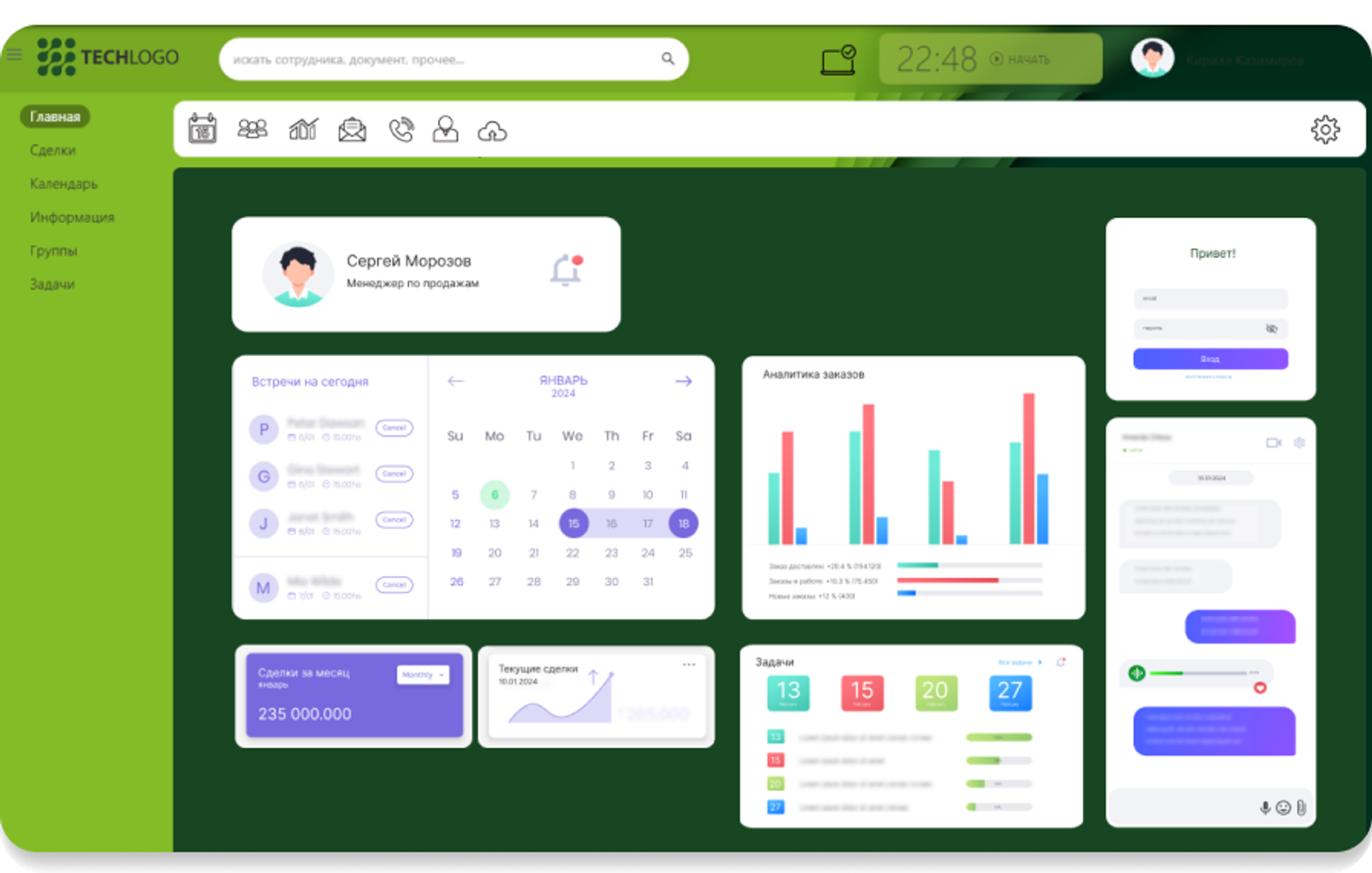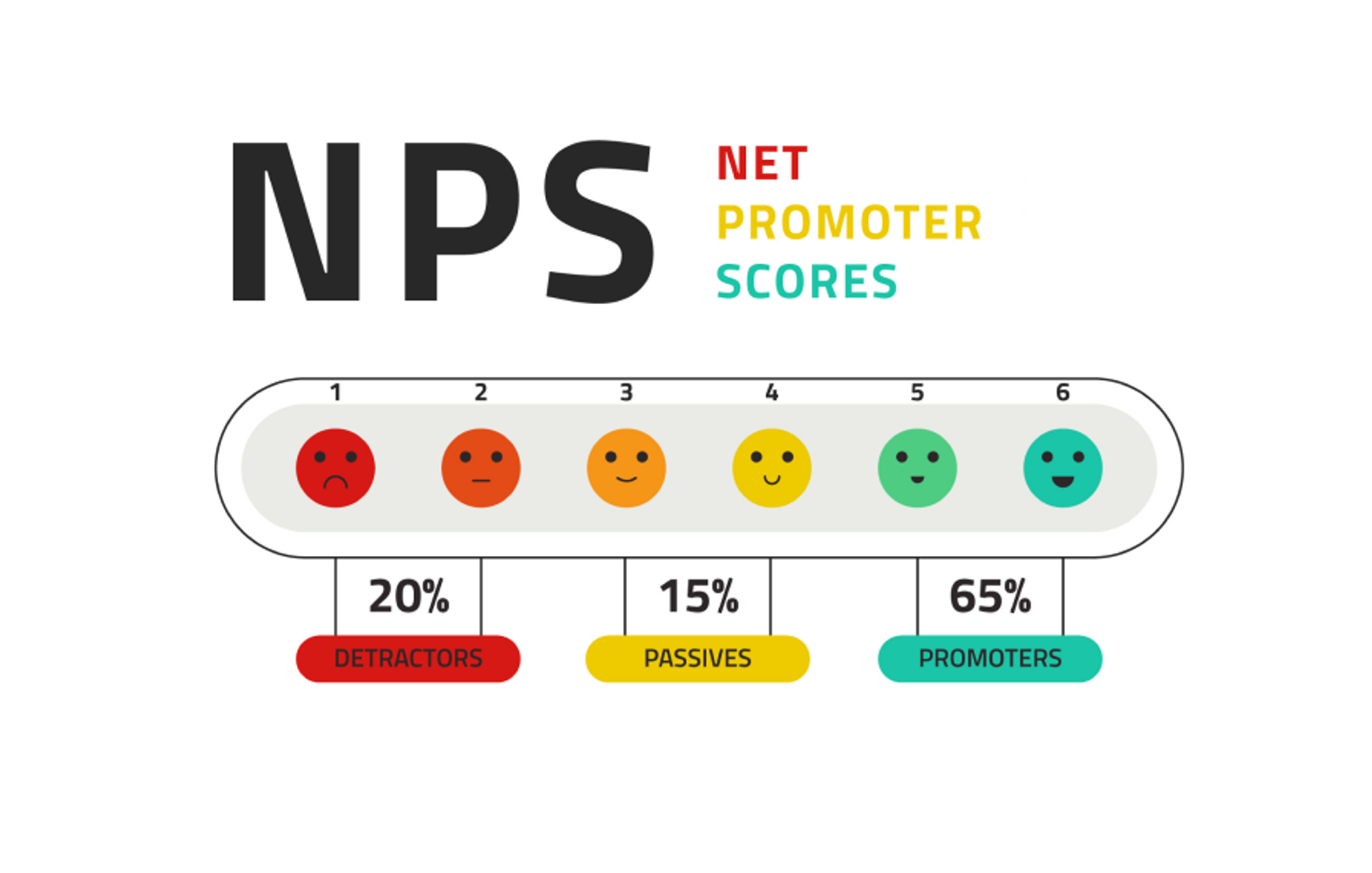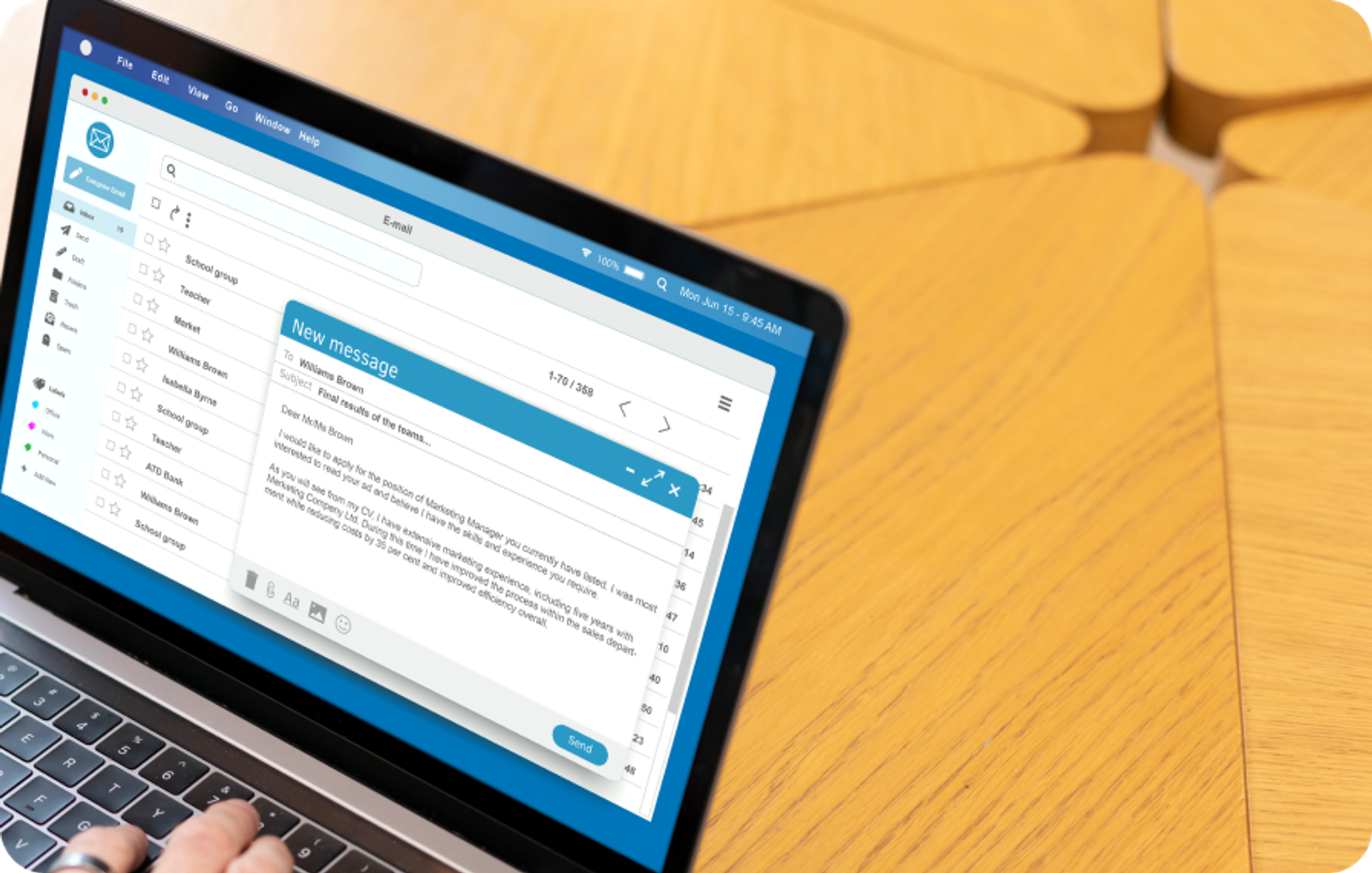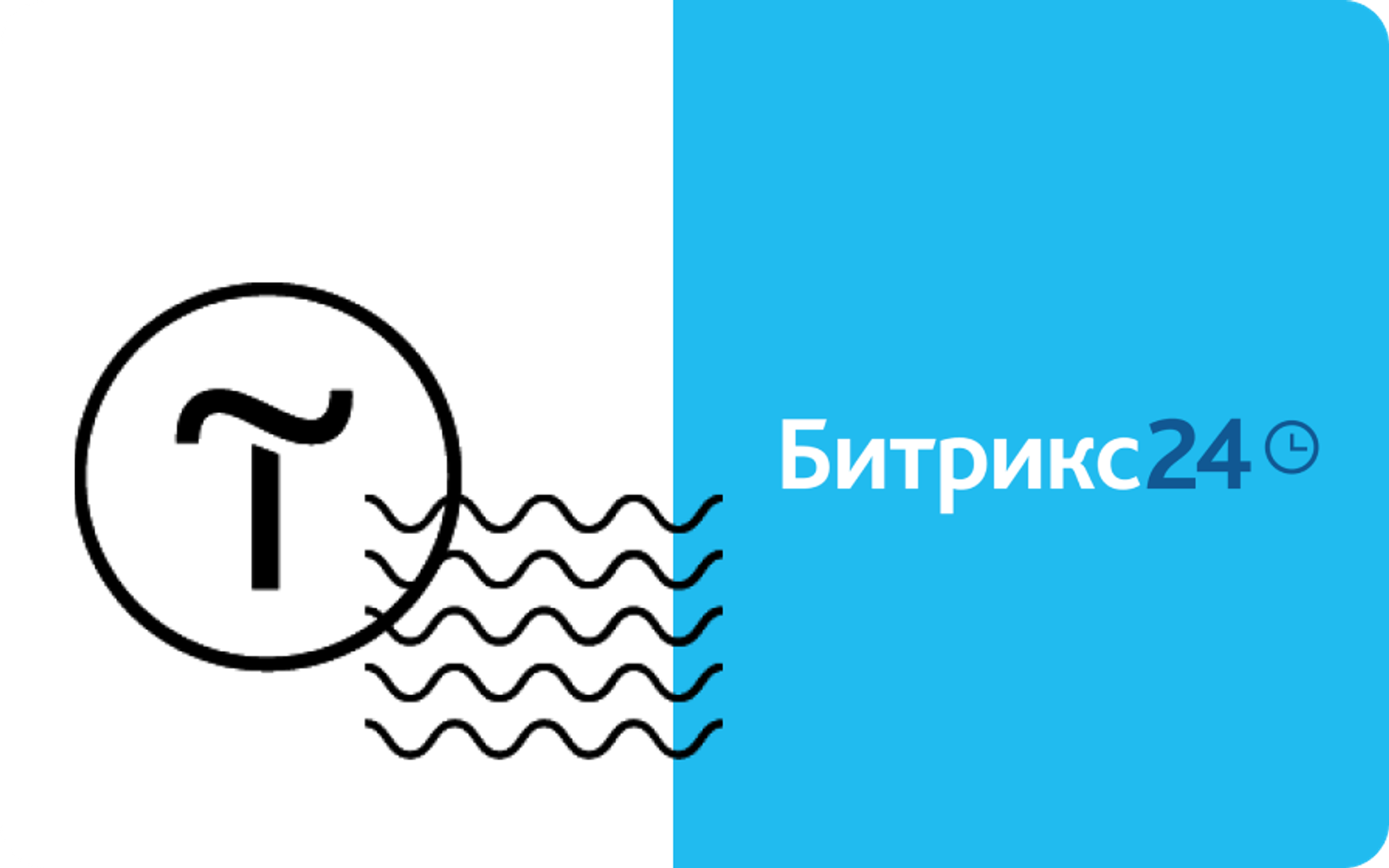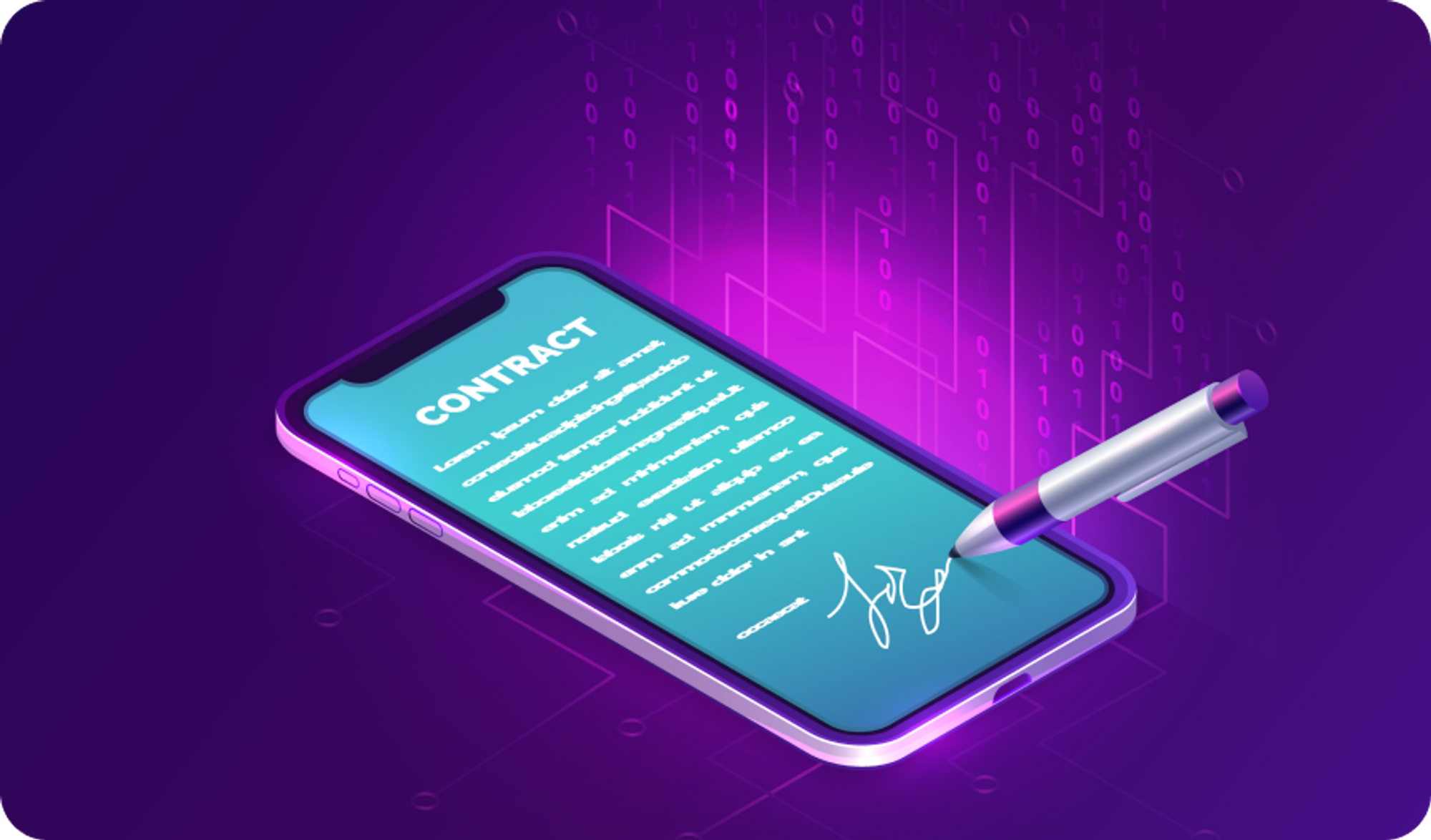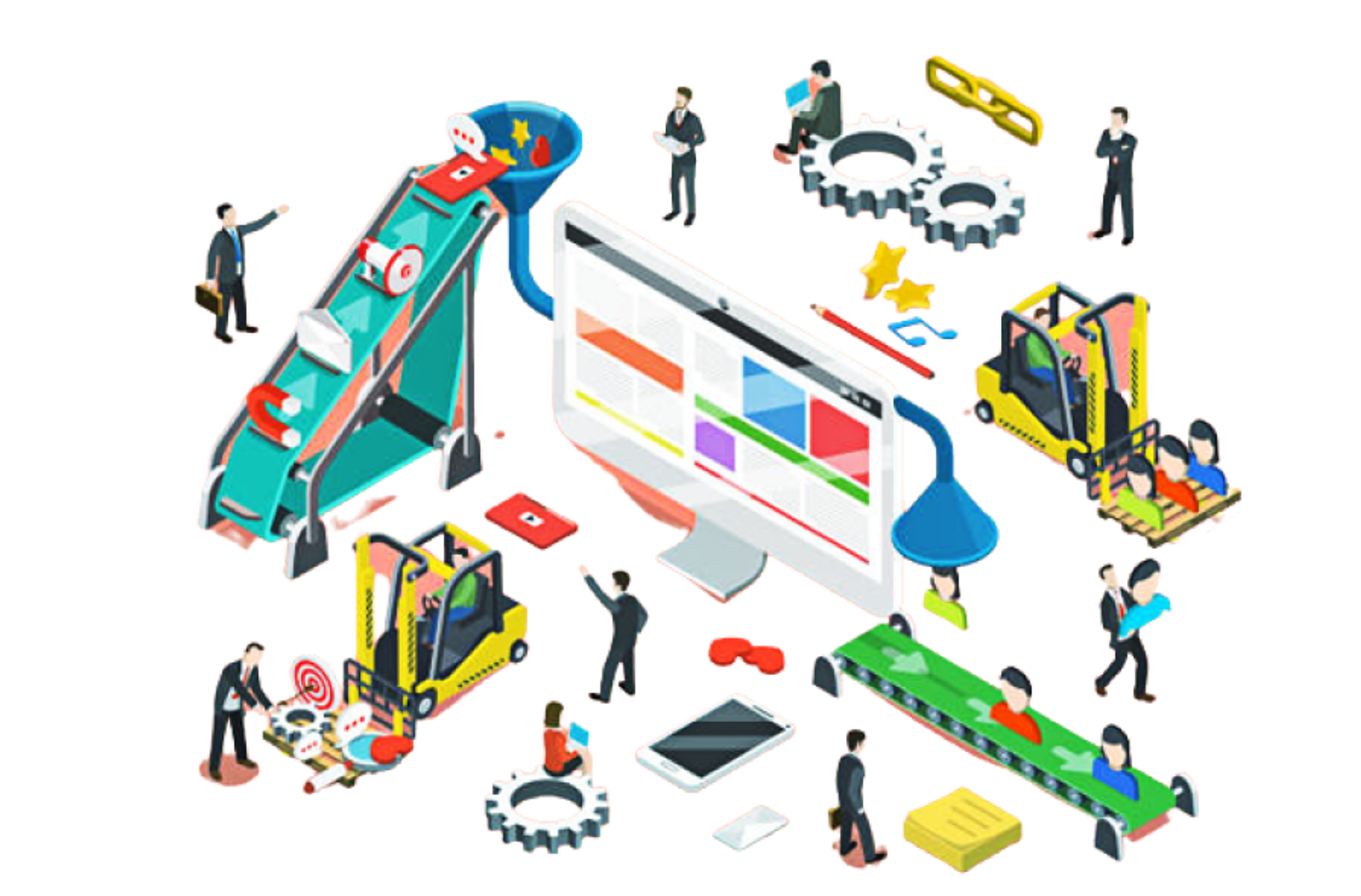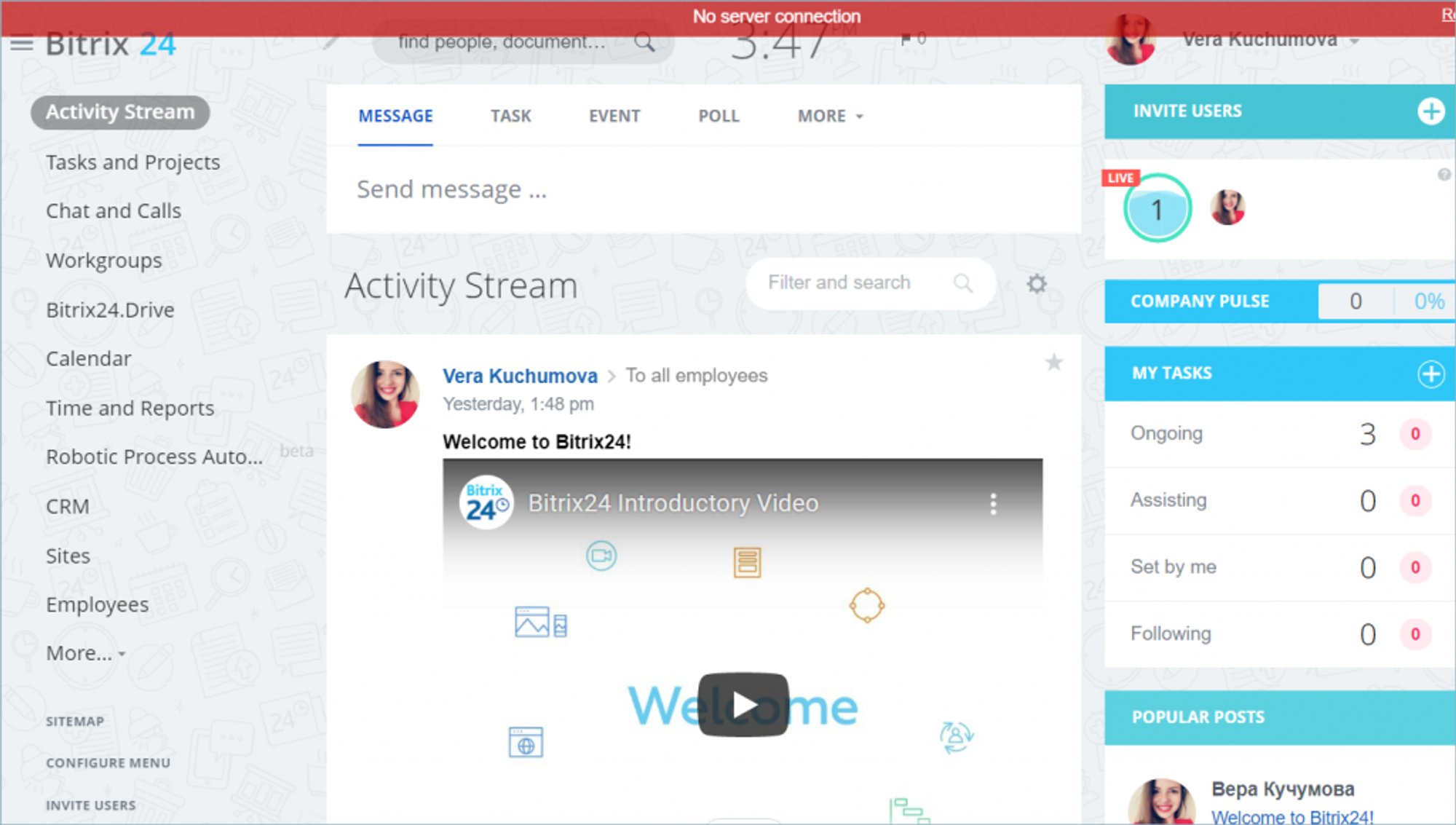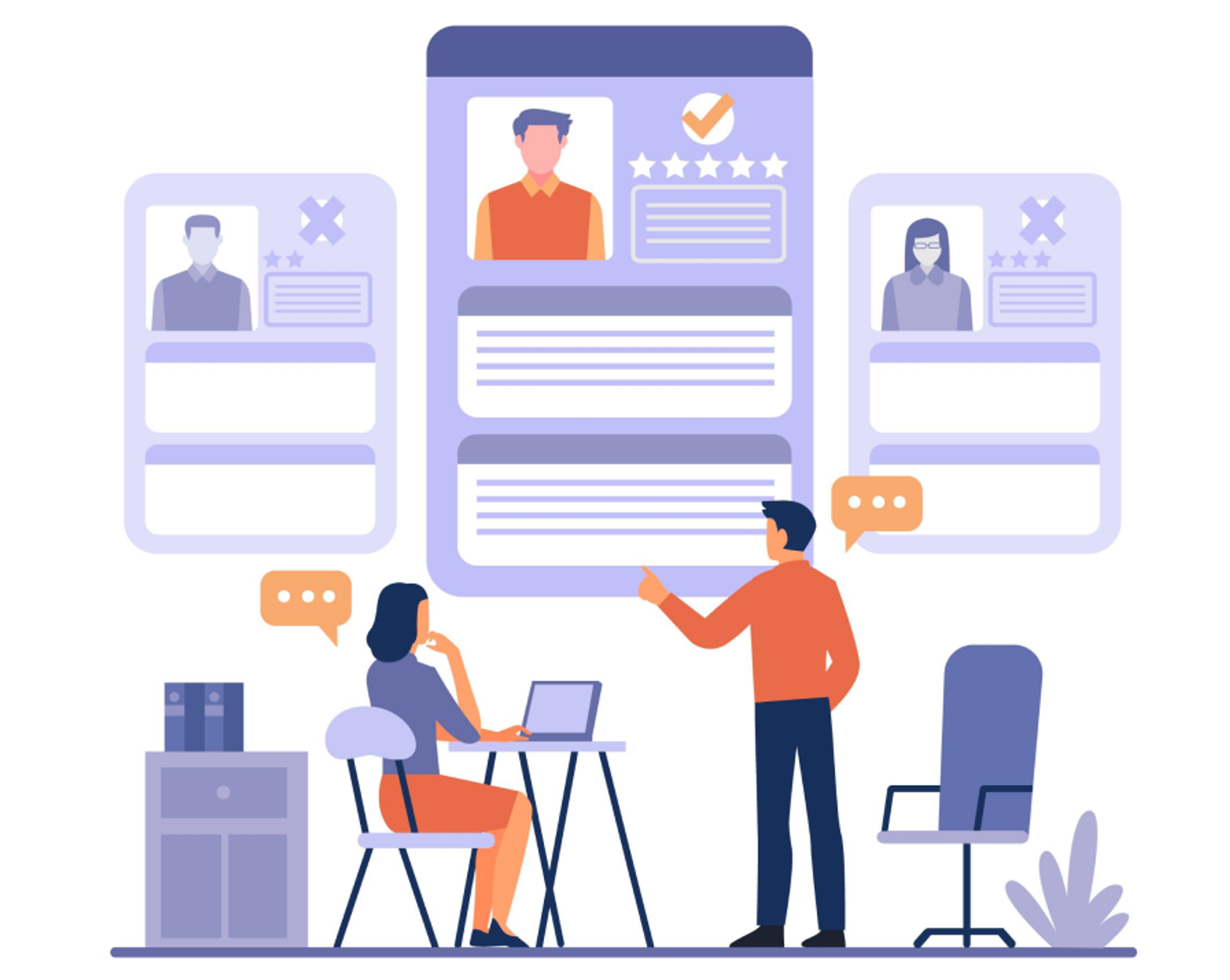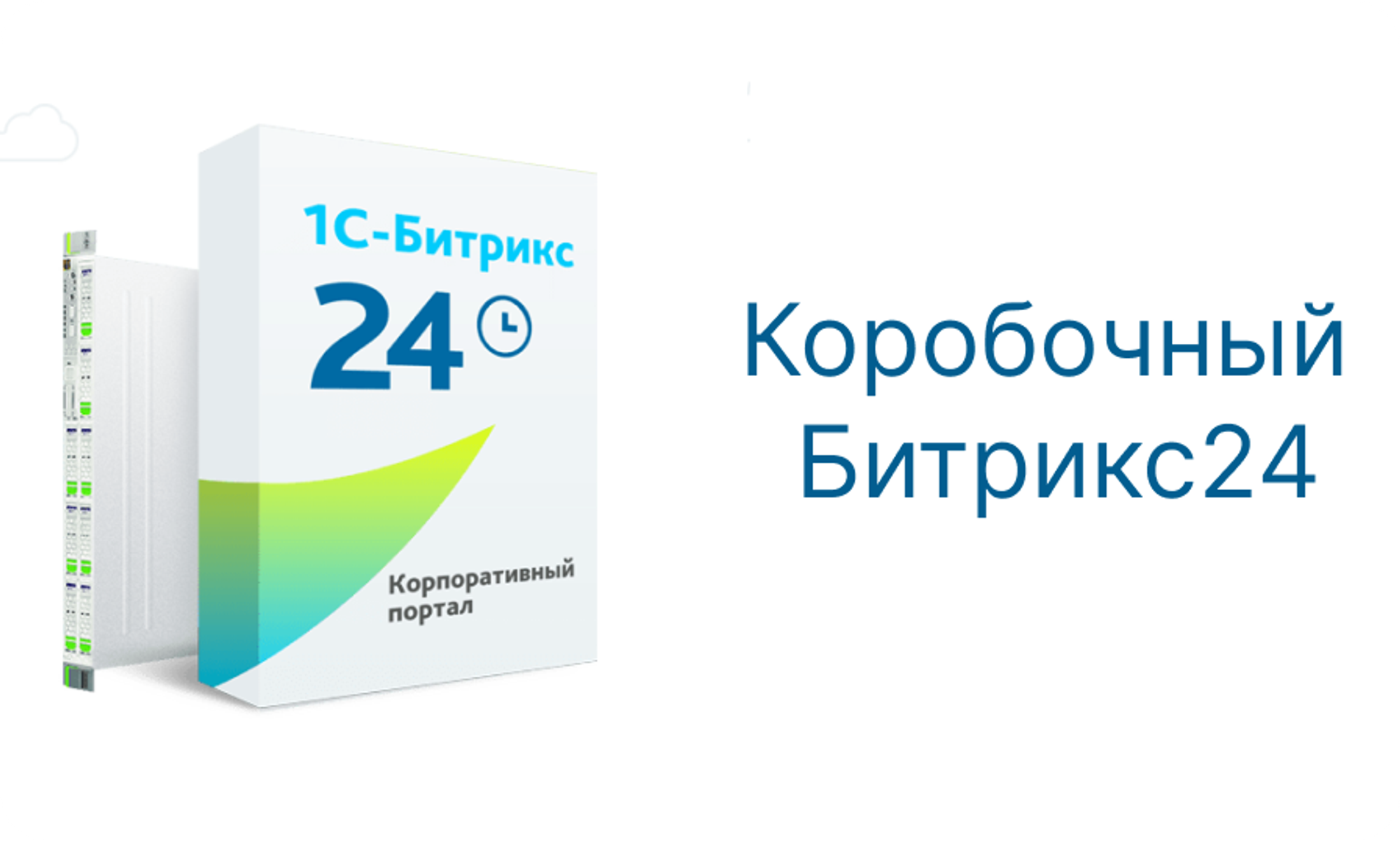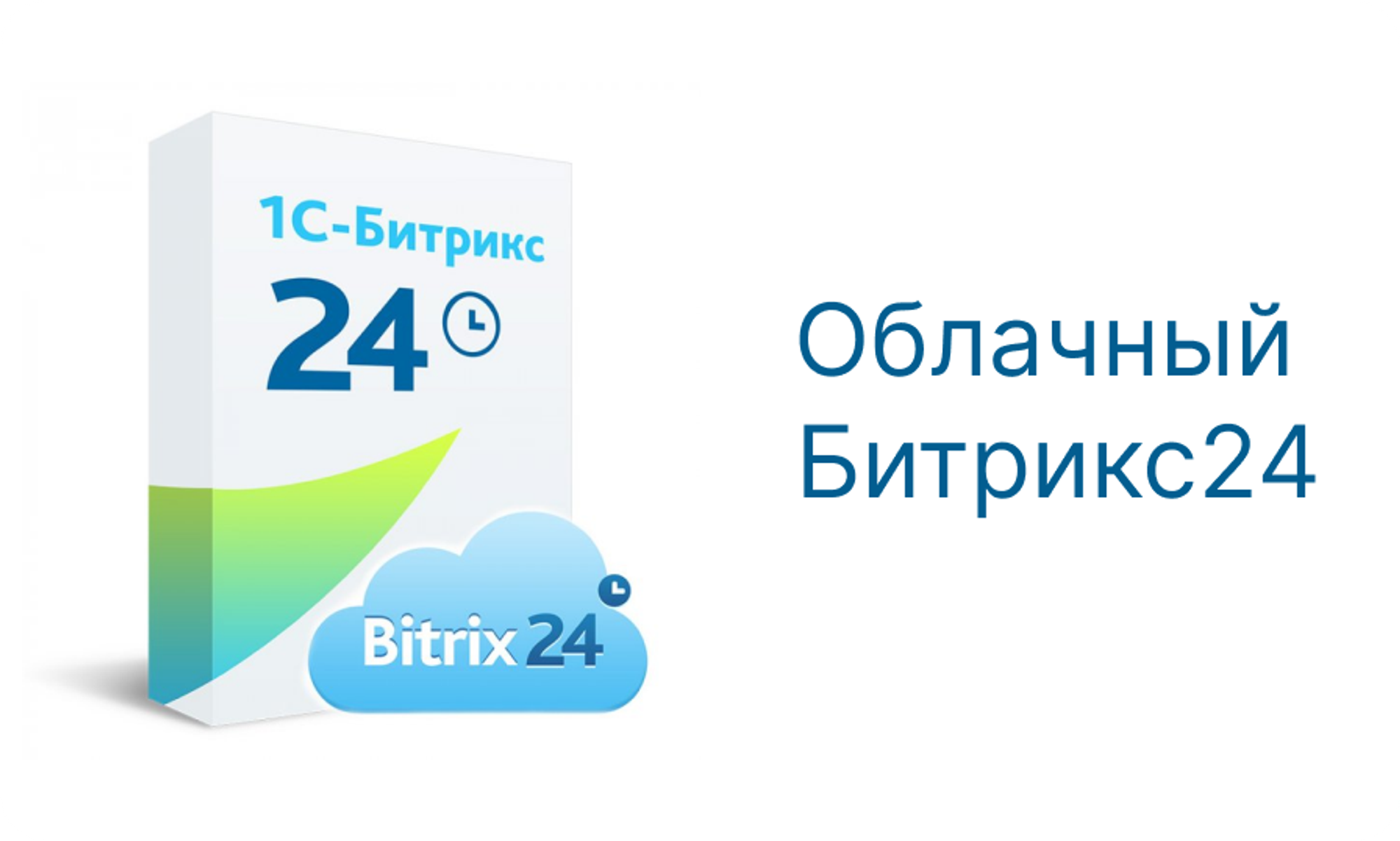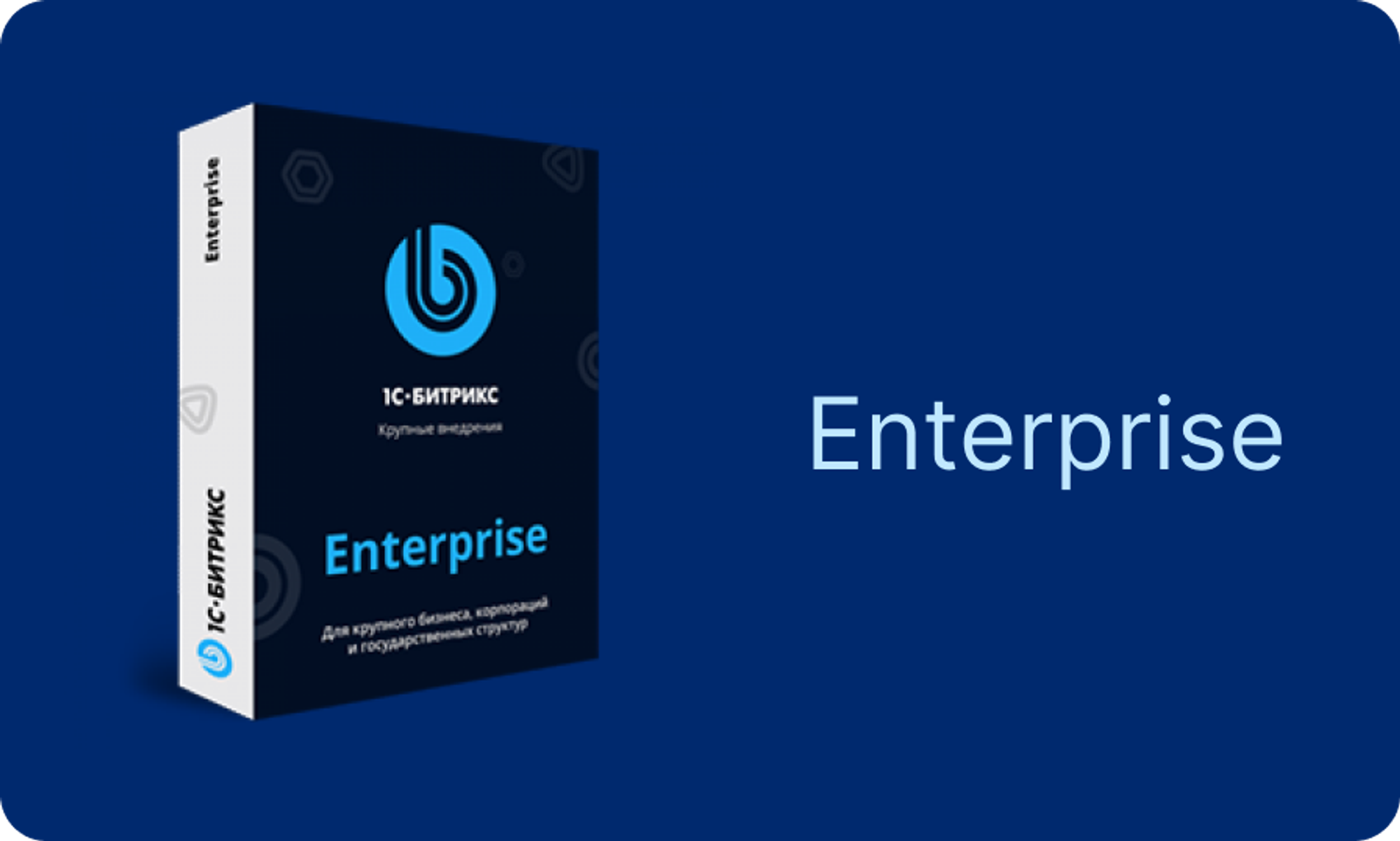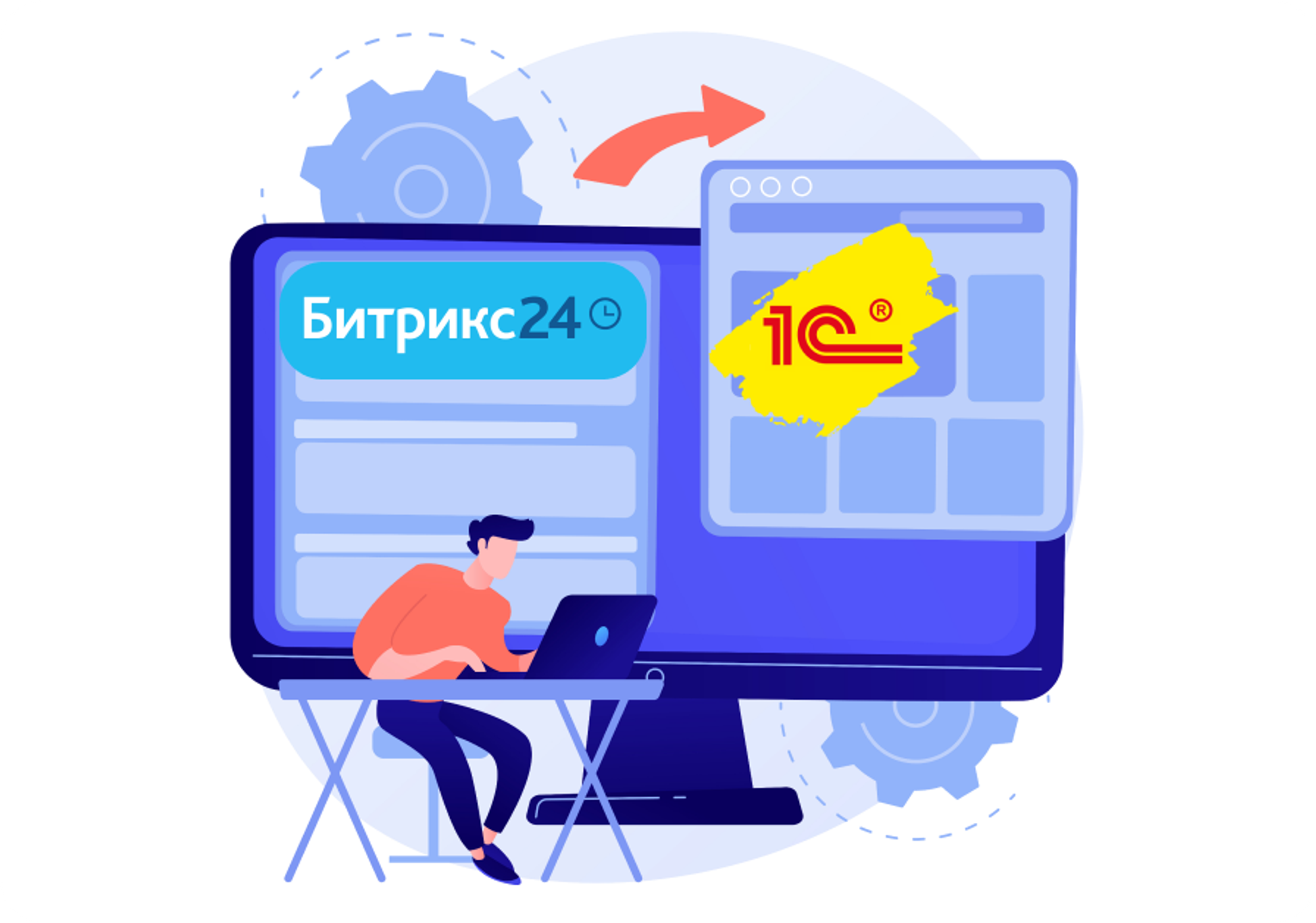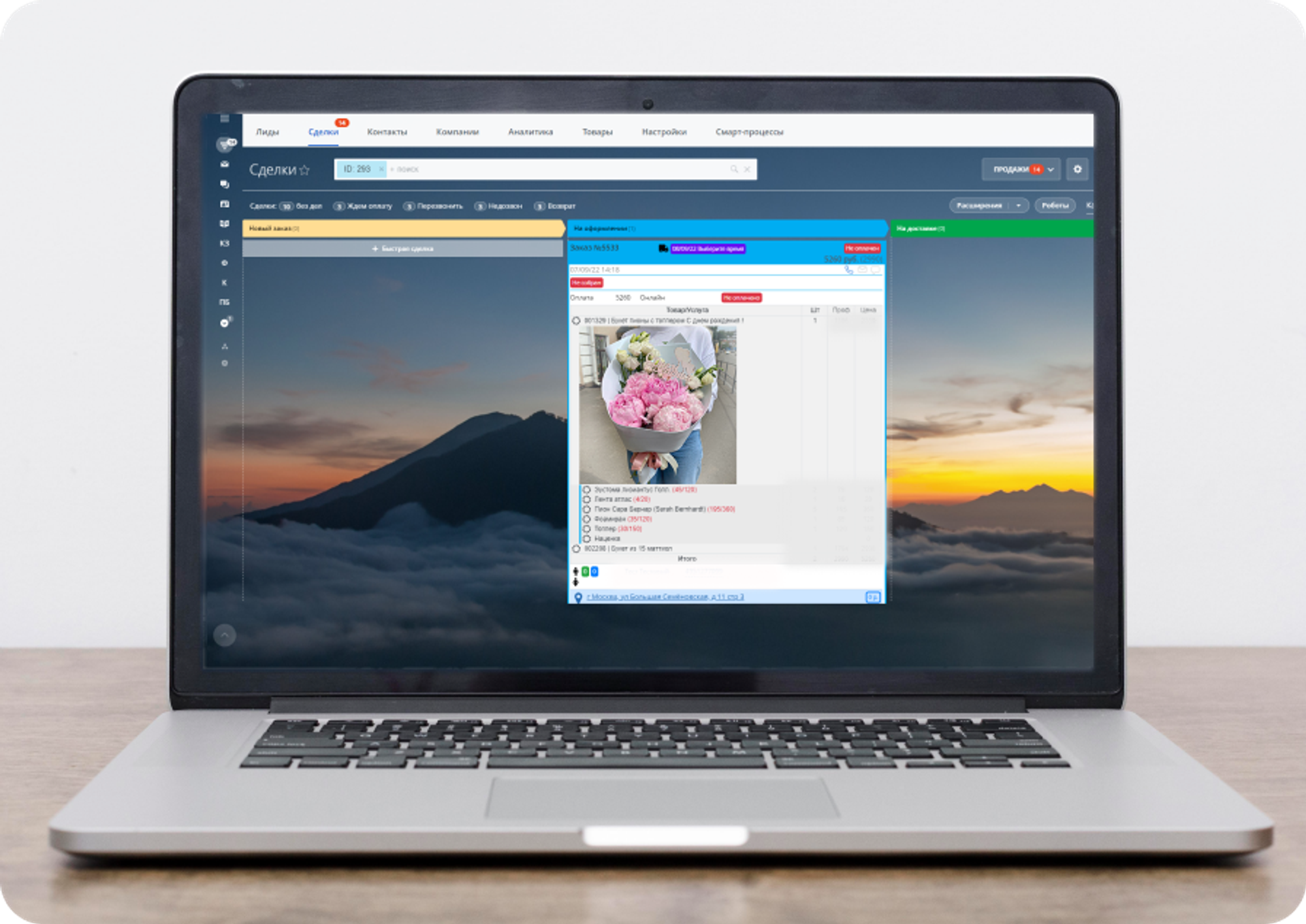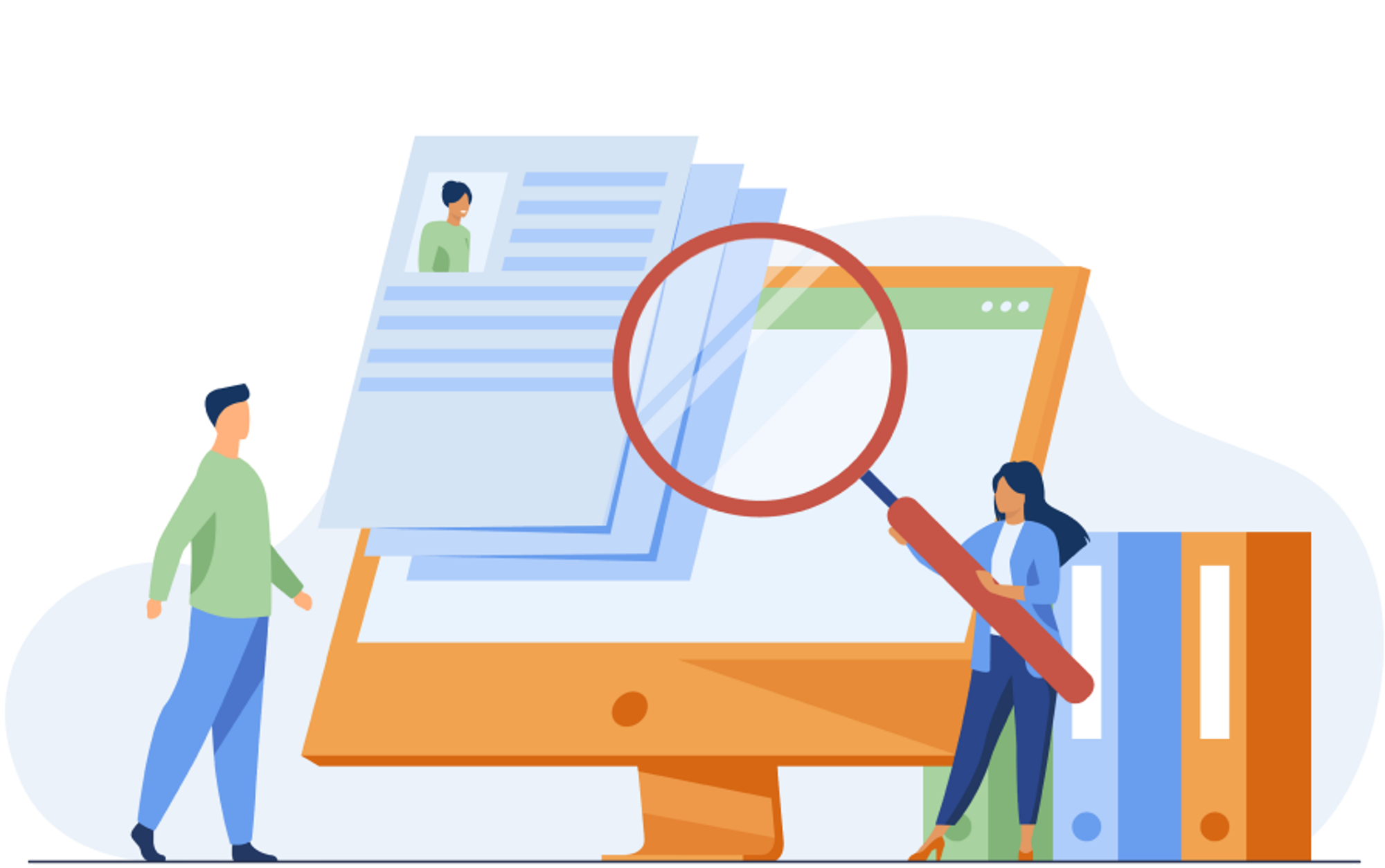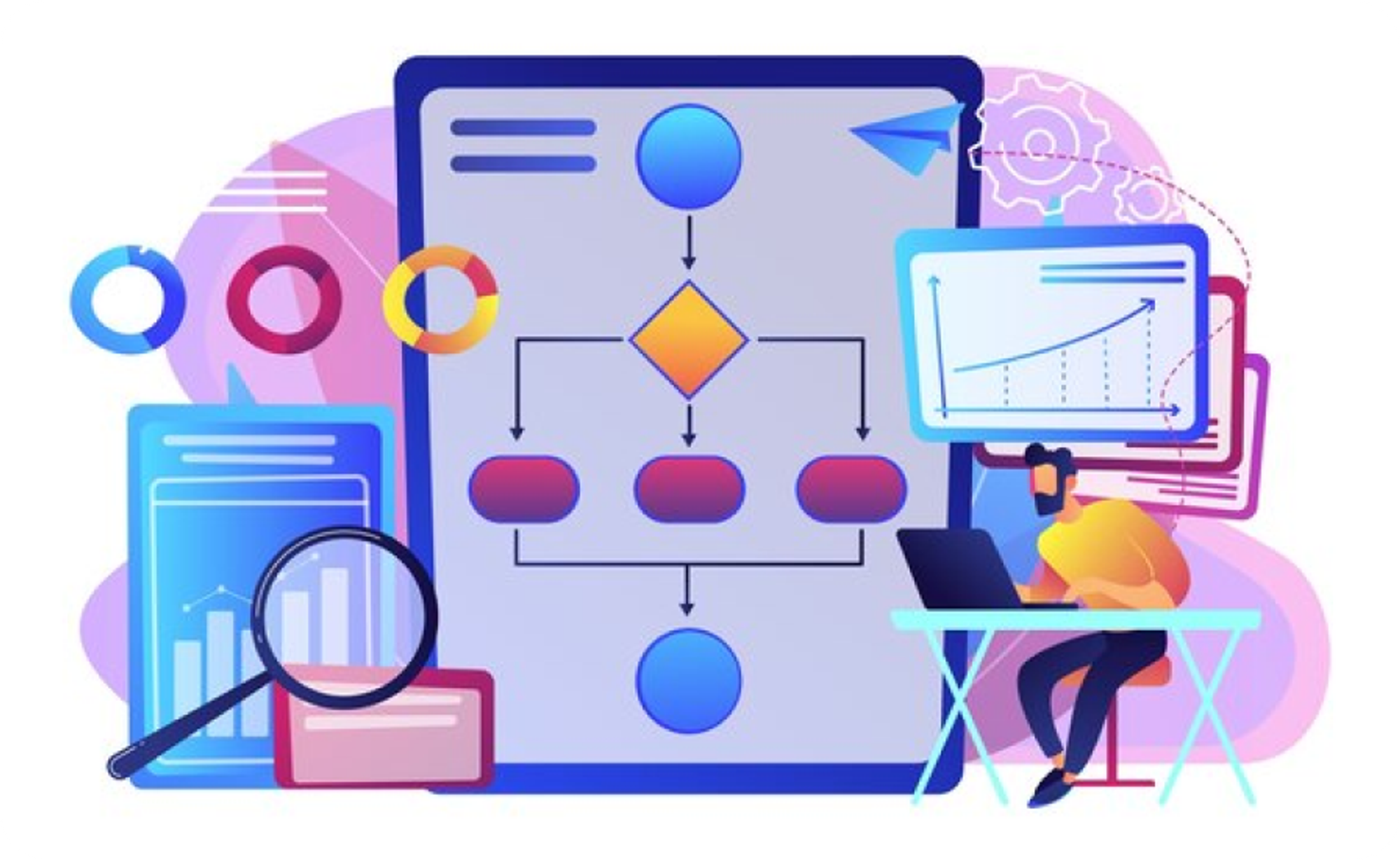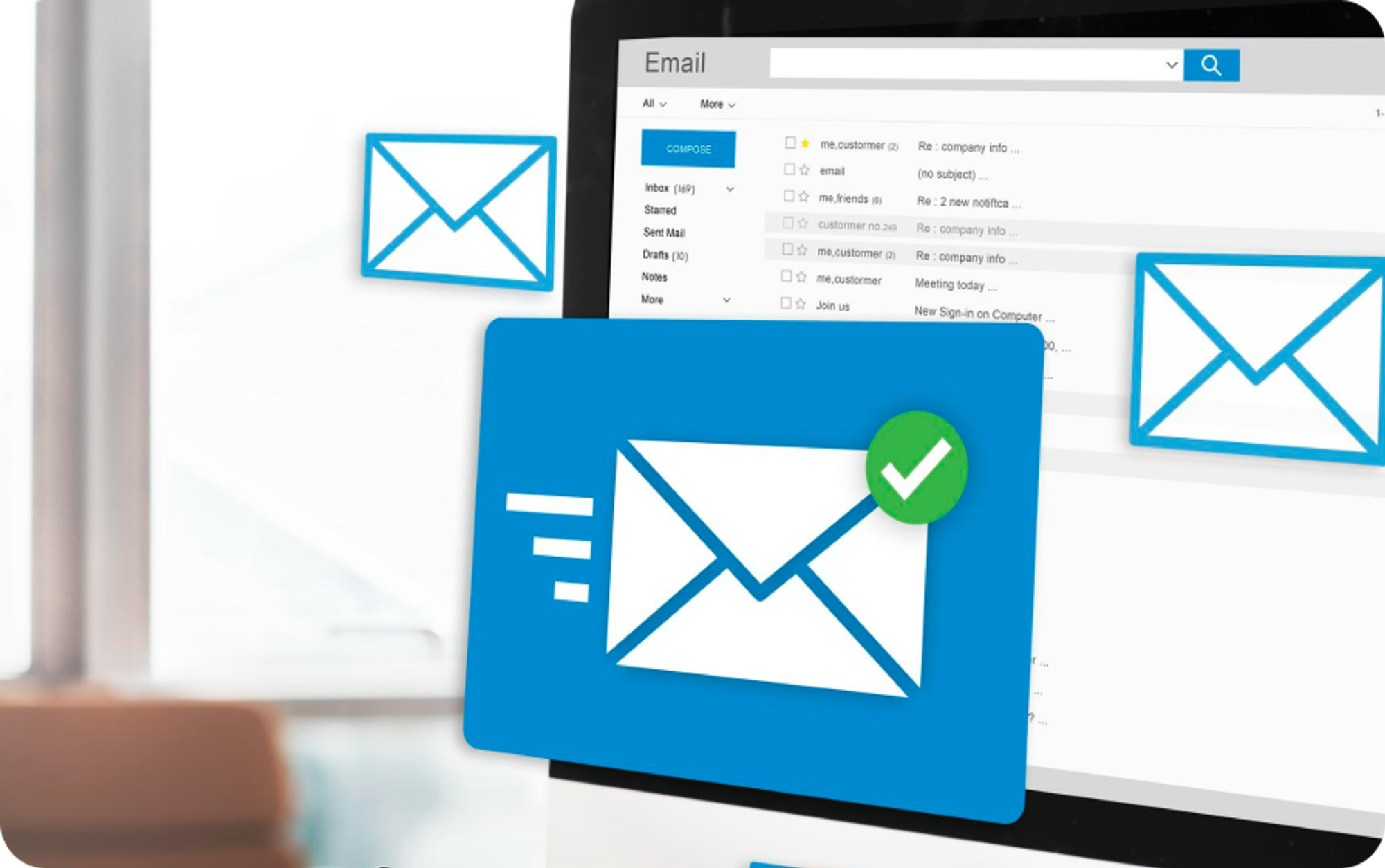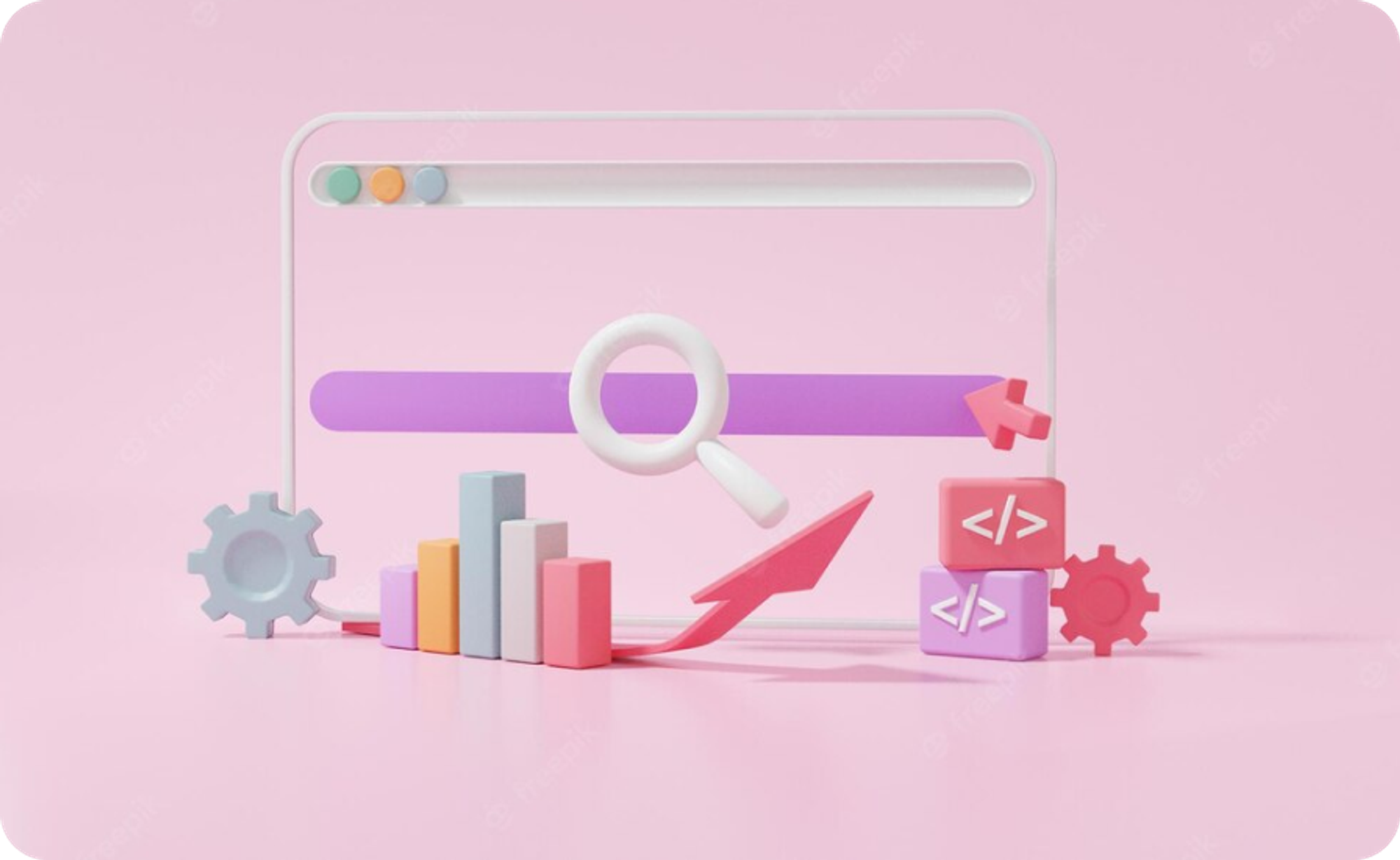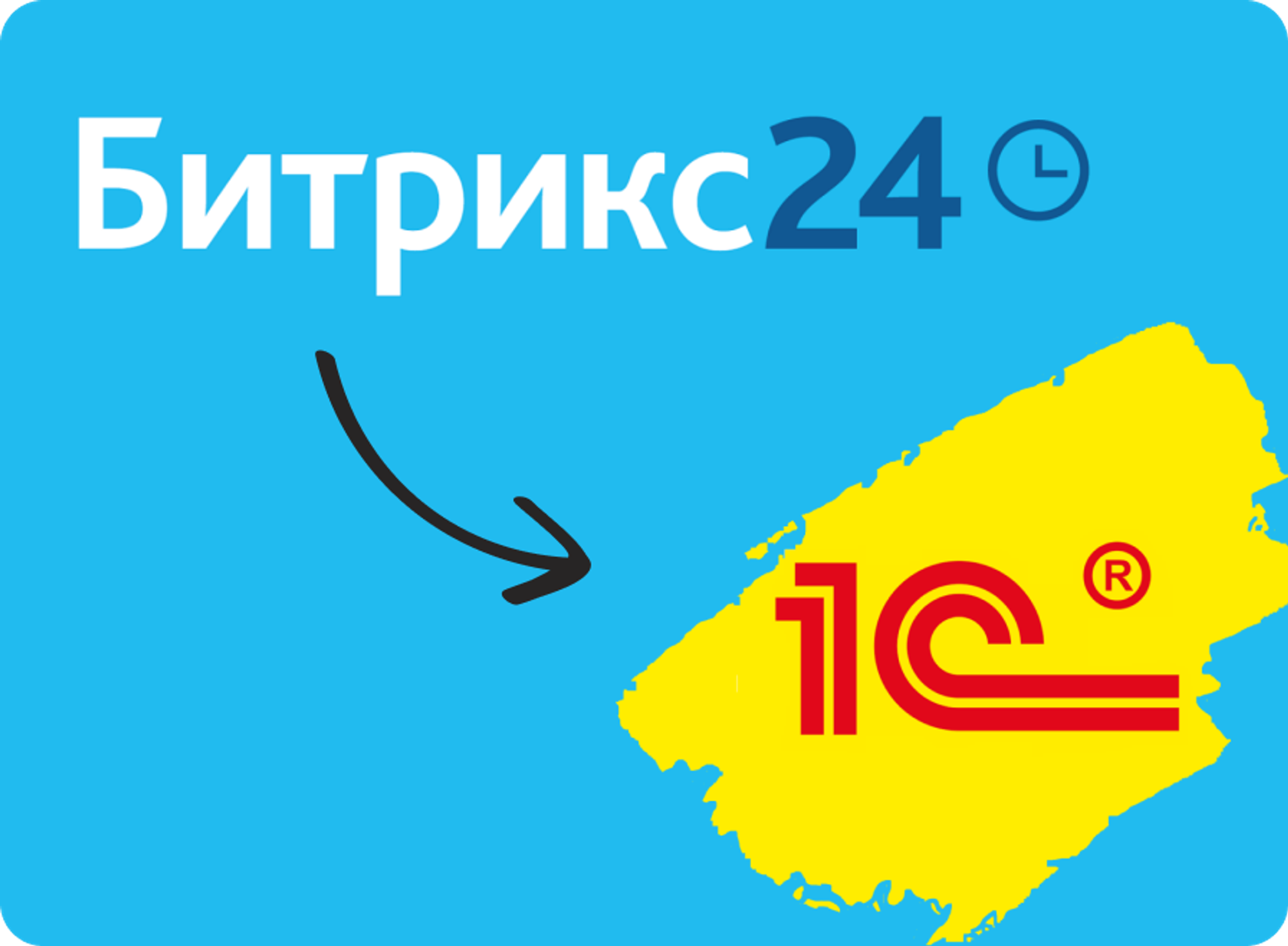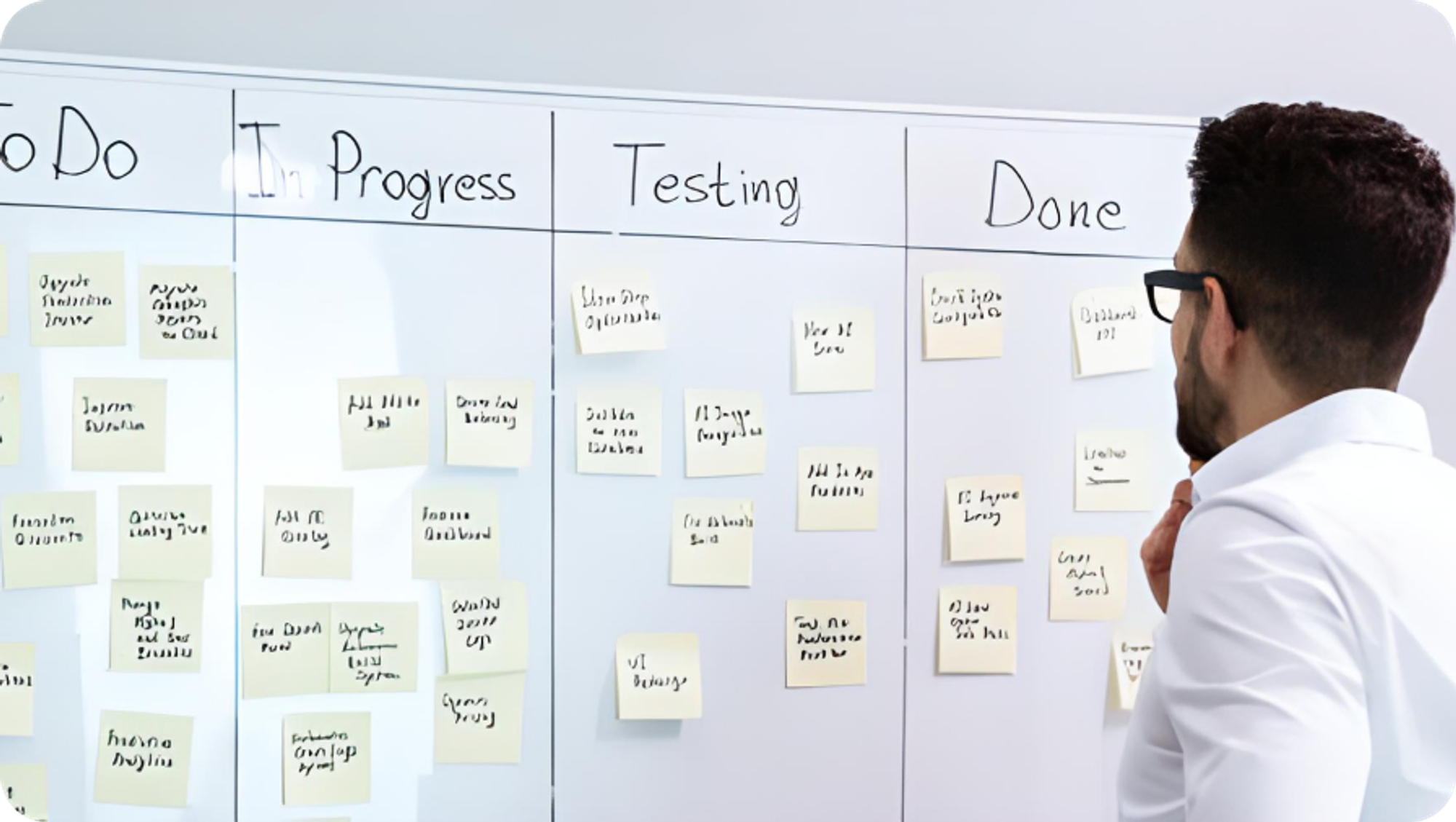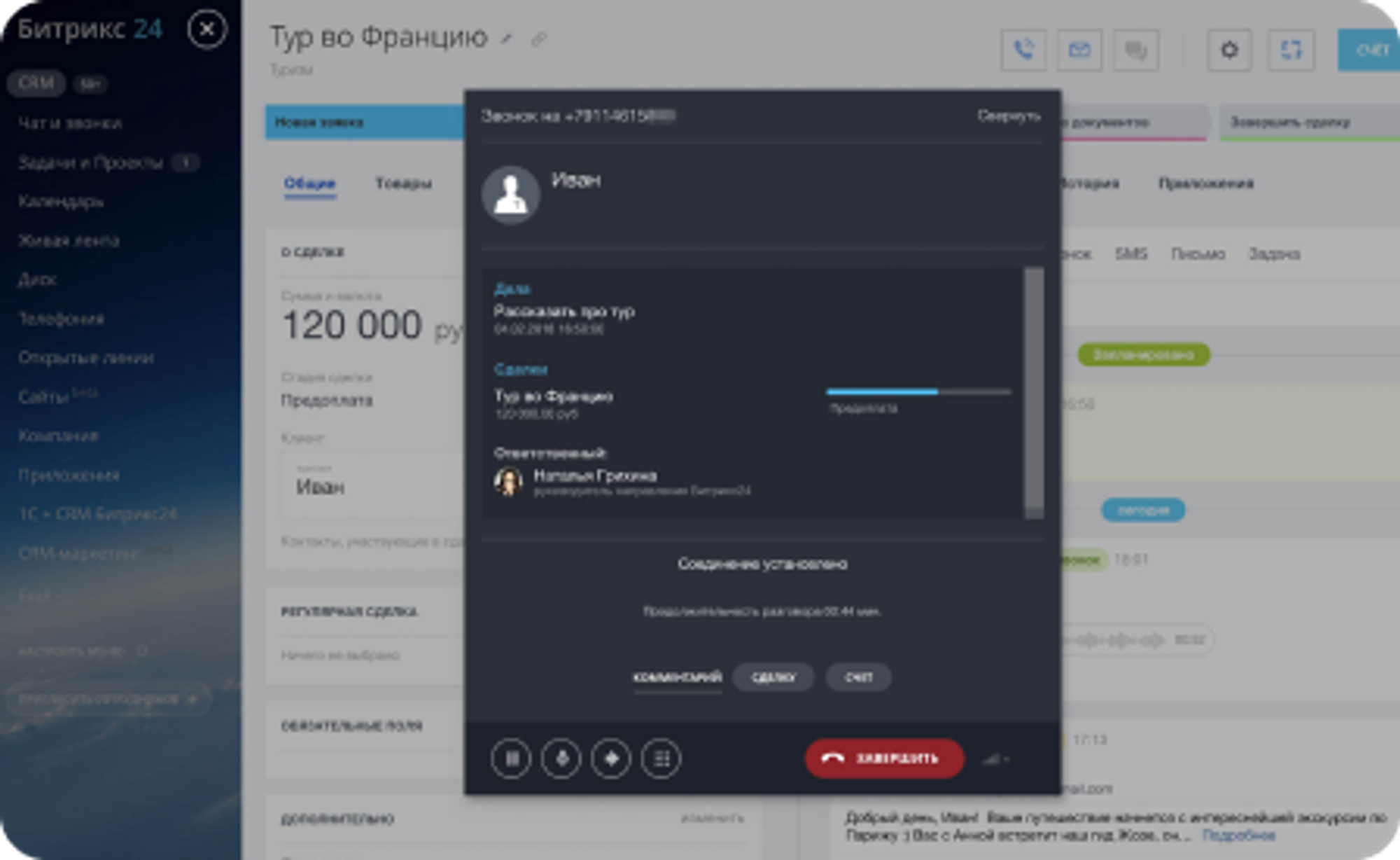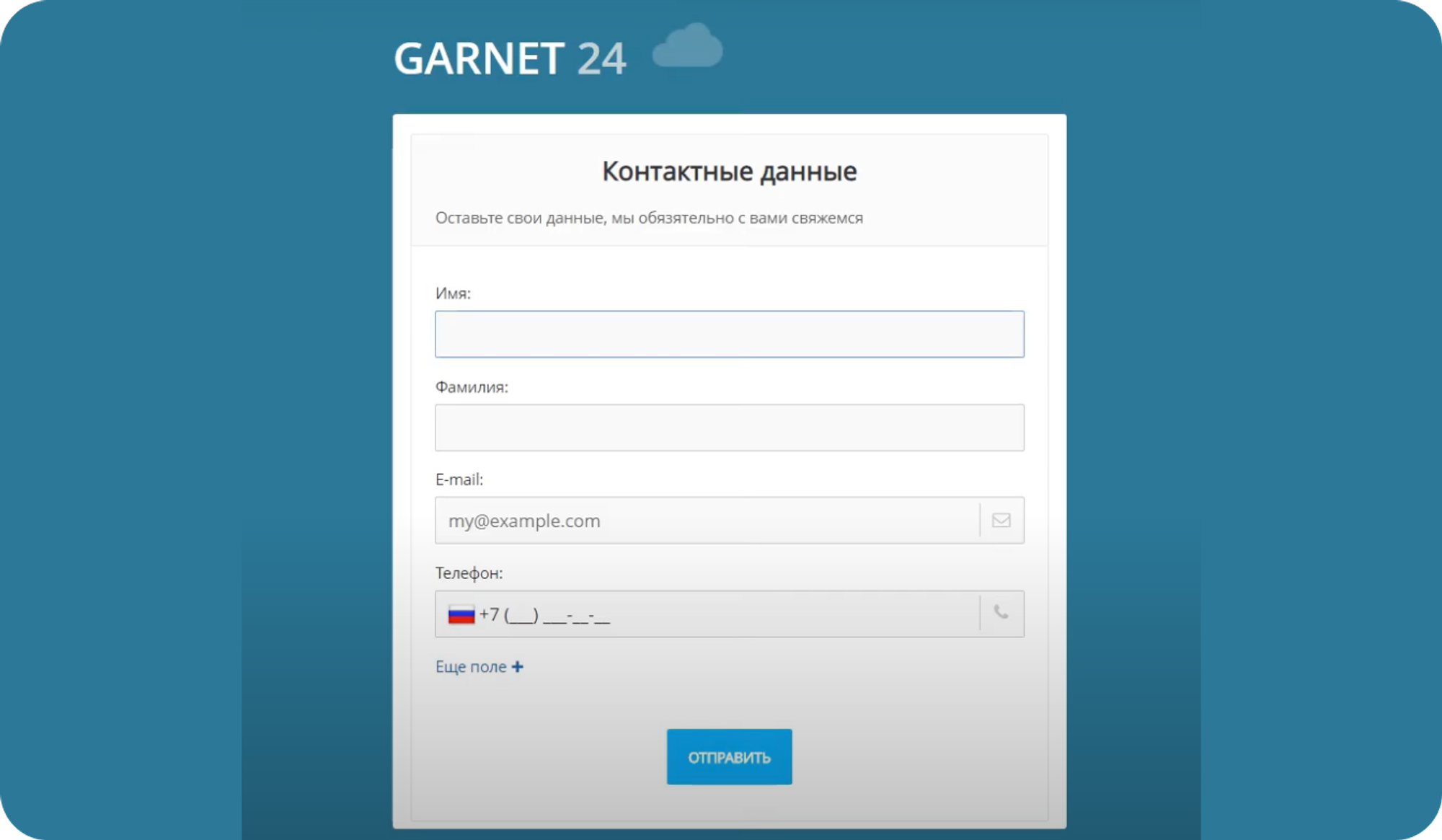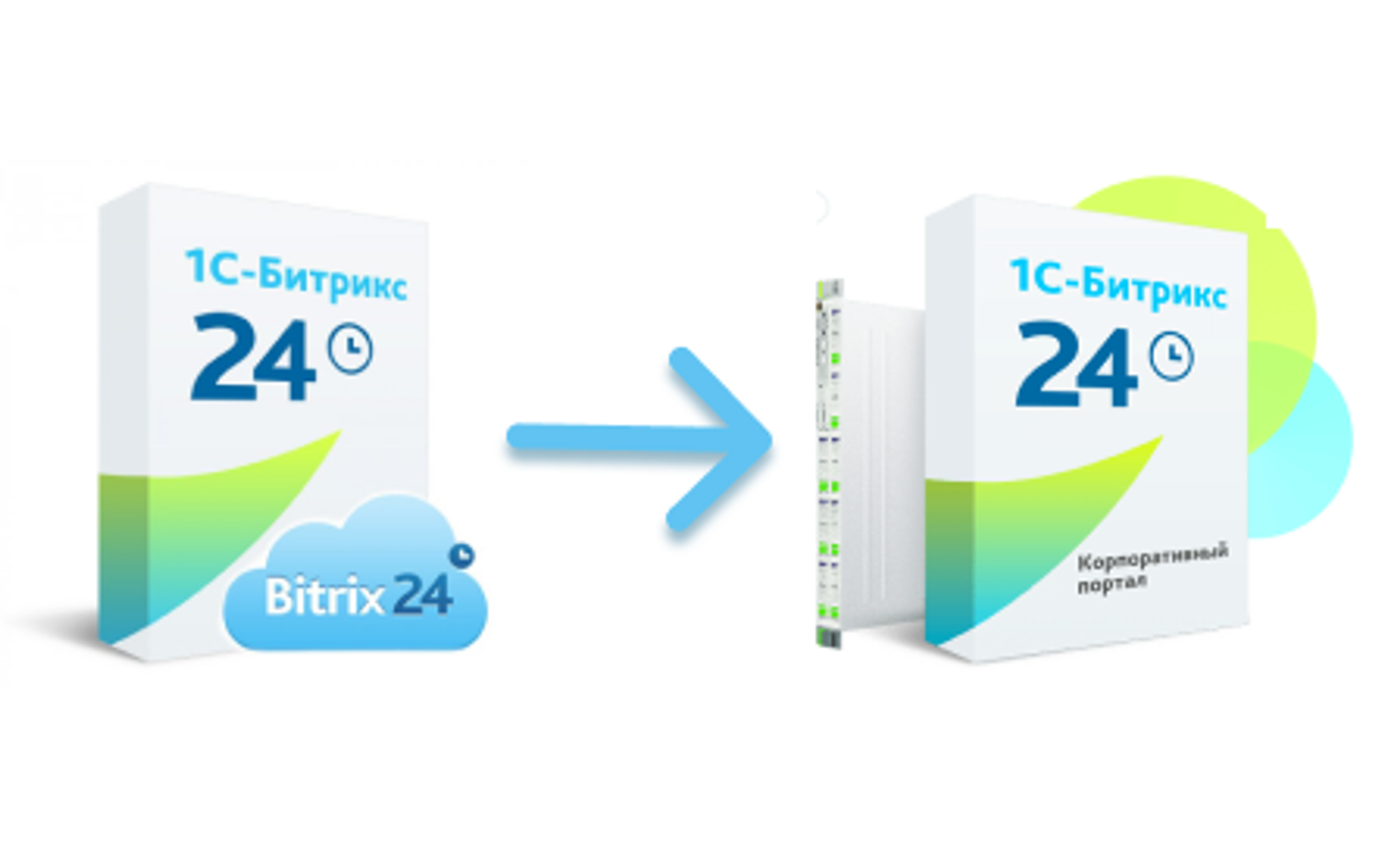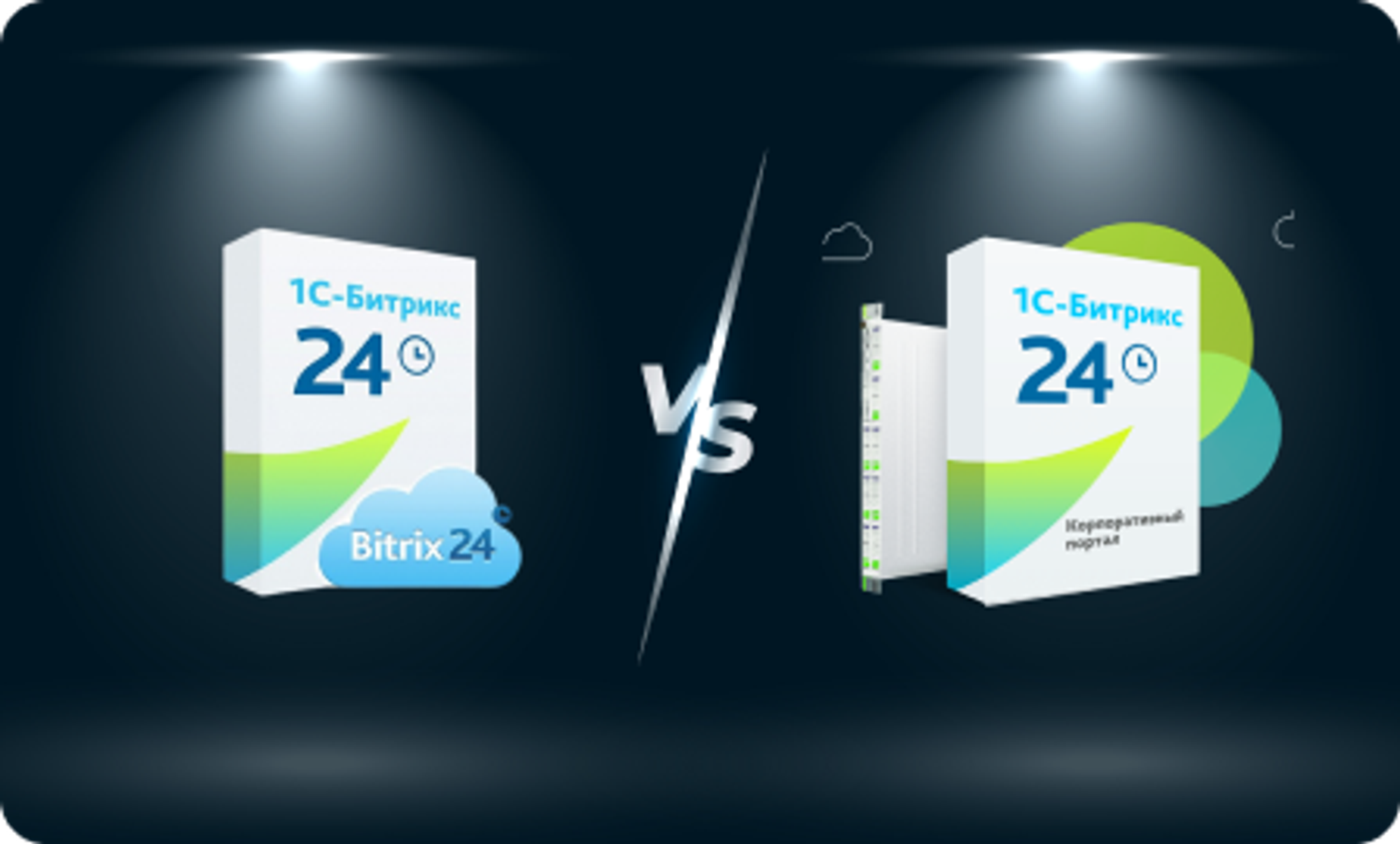
Автор статьи
Глеб Антоненко
The project of finalizing the corporate portal based on Bitrix24, which we implemented for a client of the Kitchen Without Borders Group of Companies.
During the project, we created functionality that helped:
✅ replace multiple vacation approval in several programs with 1 click in Bitrix24
✅ move away from sending and signing paper personnel documents to an electronic signature
✅ make the corporate portal a single point for obtaining personnel services
✅ involve 99% of employees in using the portal
✅ save about 600,000 rubles a year by refusing to print and send paper documents through courier services
About the client
The customer of the project is the Group of Companies "Kitchen without Borders", TOP-3 among manufacturers of fast food products. The company employs 1500+ employees, our project involved employees of the central office (125 people), without production employees.
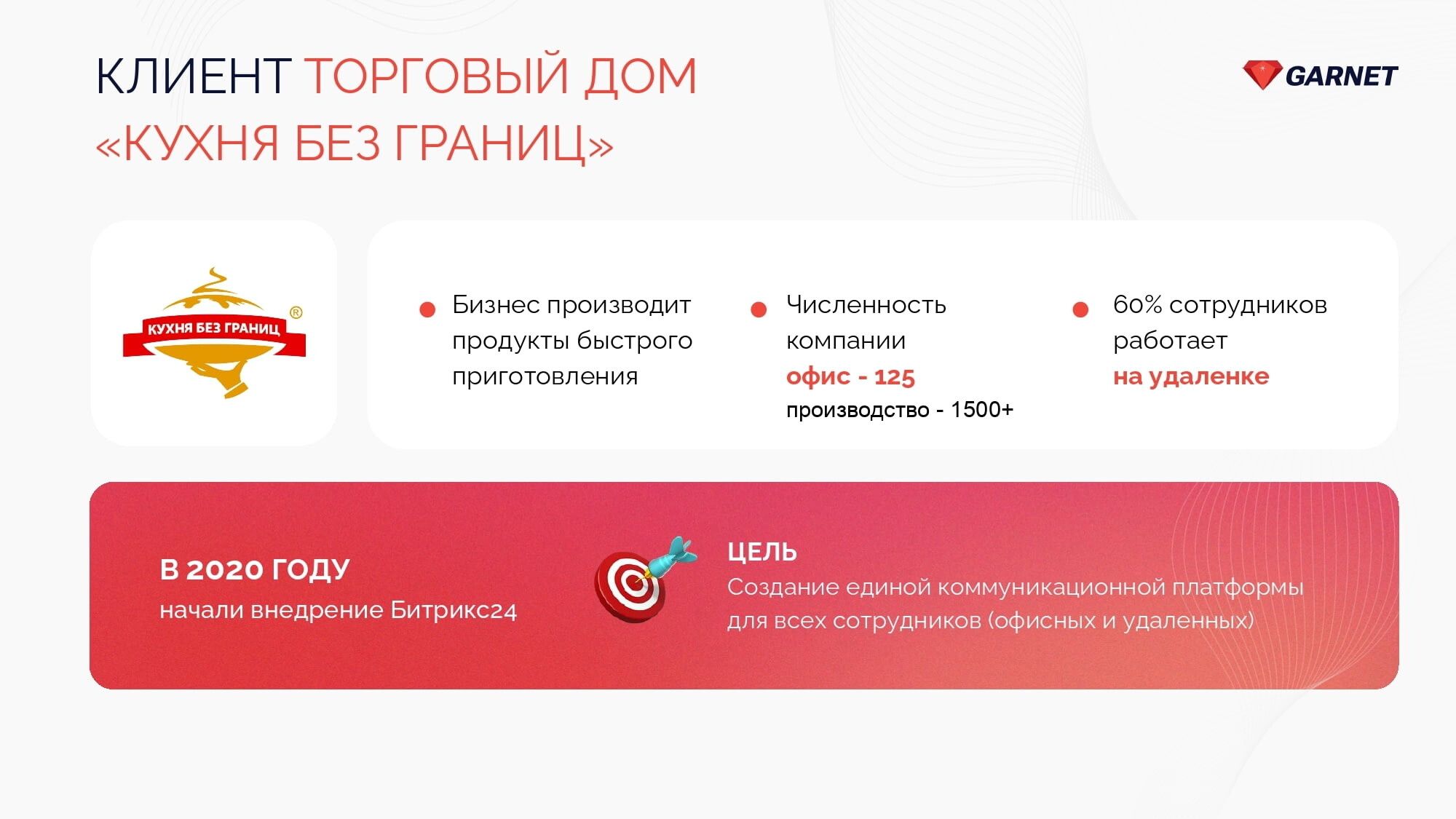
Challenge No. 1 - a single platform for communication
In 2020, the top management of the company realized that a single corporate platform is needed to communicate and unite employees. The platform was supposed to combine the company's business processes, the knowledge base and the history of project interaction between employees. Considering that about 60% of the company's employees work remotely, such a portal was vital.
In the summer of 2020, in the Group of Companies, the HR department under the leadership of HR Director began to implement a corporate portal based on Bitrix24 for collaborative remote work of employees.
It was important to quickly launch and establish a system for recording working time and monitoring tasks. Due to time constraints, there was no time for high-quality communication with employees, and minimal training was provided on basic Bitrix24 operations. As a result, the company received employee resistance to using the system, which was partly due to the fact that employees perceived the system simply as additional software for controlling working hours, and not as a means of communication.
Challenge #2 - paper HR documents
In addition to the task of involvement in the company, there were other HR challenges - the digital transformation of HR workflow using IT products. At the same time, the transformation must comply with the innovations of the Labor Code of the Russian Federation.
The following difficulties pushed the company to the idea of transformation:
The inconvenience of the current process of registration of personnel absences for employees
In the old process, in order to process personnel absences or vacations, an employee needed to:
- contact your manager for leave approval
- contact an HR employee for clarification of possible vacation days
- write a statement or wait for notification of the upcoming vacation in accordance with the vacation schedule
- sign and send the application for leave by courier or by e-mail
- receive a signed order, etc.
This sequence was inconvenient for all participants in the process:
- it was not clear to the employee how many vacation days are currently available
- for HR, there was no visualization of the vacation schedule. It was not clear whether the vacation was scheduled or not, whether the employee was entitled or not. Visually, the vacation schedule looked like a pdf or Excel spreadsheet.
Routine work for HR
From the HR department, the process was also inefficient.
Had:
- send vacation notice to employees
- control that the employee goes on vacation according to the schedule, make appropriate notes in the vacation schedule
- enter a vacation order in 1C
- receive leave documents from the employee, submit them for signature to the General Director
This process could take up to 2 weeks, which could potentially lead to a violation of the Labor Code of the Russian Federation.
Among other things, for the correct calculation of cash payments, the HR employee had to correctly enter the data on the absence in 1C:ZUP. Otherwise, the accounting department had to recalculate the data and again waste time.
Because of so many actions, HR employees “burrowed” into the routine - in the high season, up to half of their working day was spent preparing paper documents and tracking vacation schedules. Naturally, this reduced motivation and took up working time.
Shipping and storage costs for personnel documents
According to rough estimates, about 100 shipments per month occurred only for vacation documents. Approximately 50,000 rubles were spent on this monthly, 600,000 rubles annually (and this amount does not include the costs of sending other personnel applications).
In addition, it was necessary to keep a paper archive of all personnel orders for leave for 5 years. Such storage of documents and their subsequent search is a separate headache that I wanted to get rid of.
To solve these problems, the company's specialists have compiled a technical task for process automation. When writing the TOR, we came to 2 main requirements:
- Maximum simplification of the process of registration of absences for employees
- Ability to synchronize data 1C:ZUP and Bitrix24 for automatic transfer of draft orders to 1C.
The IT department was engaged in the search for an IT solution and a solution integrator company.
Choosing a contractor
Since the company does not have its own staff of Bitrix24 developers, they began to look for a contractor to finalize the corporate portal.
At the same time, they thought about using ready-made products for the automation of HR EDI, but abandoned them for two reasons:
- They wanted to adjust the software to their business processes, and not vice versa
- I wanted to make the portal the central and only point of interaction between employees and corporate services - the idea of a separate service for each HR task was difficult to understand
We started looking for developers in November 2021 - we turned to the rating of integrators on the Bitrix24 website, selected several suitable performers and began to interview them.
The terms of reference discussed with the contractors looked like this:
For HR employees:
- refuse to fill out paper documents
- automatically reflect all operations in 1C:ZUP so as not to enter them manually
- improve the quality of HR services for employees
For employees of the entire company:
- get the opportunity to independently request information on possible days for absence through the portal
- promptly receive information about the location of any employee of the company (vacation, time off, business trip, remote work, etc.)
For CEO:
- be able to sign documents through the portal using EDS
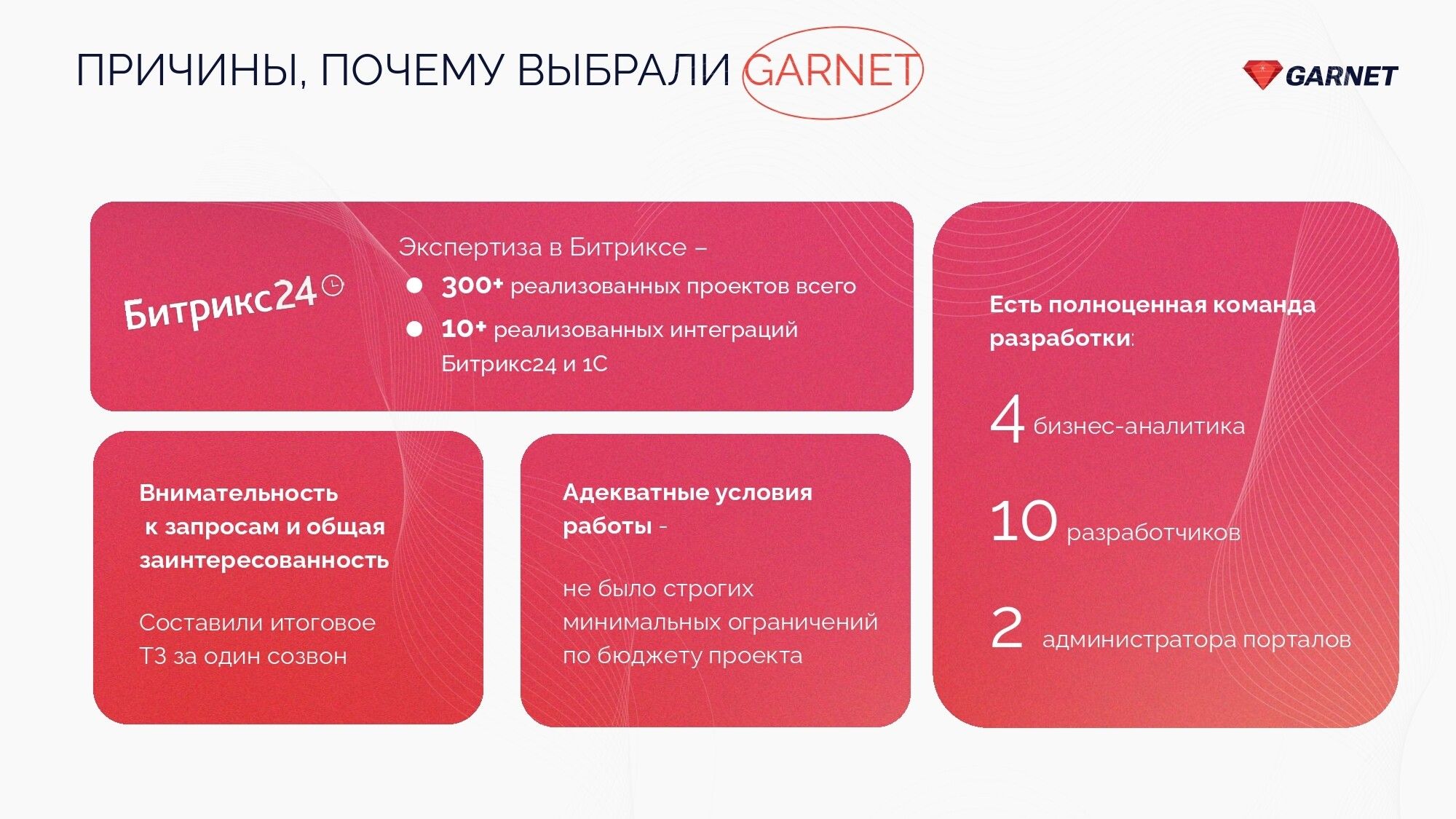
Ivan Volkov, IT director:
Among others, we studied the projects of the GARNET company. Already after the first call to form the TOR, they gave us an estimate of the cost of the project. The offered prices seemed reasonable, so after a short discussion inside, they were chosen as the contractor.What we liked about GARNET was:
- their expertise in Bitrix24, which we already felt during the first call. We gave free rein to our imagination and told all our “Wishlist” - we were listened to attentively, and after the phone call we received a formalized and clear TOR.
- a large number of implemented improvements to Bitrix24 (about 300 projects). Particularly interested in the experience of setting up integrations between Bitrix24 and 1C (I remind you that this project included the interaction of the portal and 1C)
- willingness to work with a medium-sized project. Some of the integrators were ready to take on projects only with a budget 10 times larger than ours, with GARNET there were no difficulties in coordinating the budget.
Oleg Samoilenko, head of GARNET:
We pay close attention to the development methodology, as it directly affects the end user experience.Firstly, we adhere to the Agile methodology, in which we show the first development results (the so-called MVP or minimum viable product) after the first 2-3 weeks of work. After the first demonstrations, we listen to feedback from users and adapt the developed service to their wishes.
Secondly, we use a three-loop development model (Dev - Test - Prod). Simply put, we first conduct all development in a separate copy of the service, then with the help of dedicated employees we test the resulting functionality, correct errors in the code, and only after that we update the running application.
This greatly simplifies the life of the end users of the services - they do not have to deal with bugs of the newly developed functionality.
I'll tell you a little anti-case of how not to do it - a developer from another competing company changed the init.php configuration file right on the working portal of one of our customers. The result - the corporate portal was unavailable for the whole working day.When the customer ran to us in a panic with this problem, we went forward and independently investigated this story from the logs, found the error and fixed it. Further, using the same logs, we identified the developer who made a mistake and popularly explained to him that this is not worth doing 🙂
Thirdly, we are carefully studying the legal side of the issue of automation. For example, in this project, we have delved deeply into the differences between the types of electronic signatures in the legislation and now we can confidently answer in which cases it is enough to have a PES, and when it is necessary to do without a UKEP, and how these types of signatures correlate with the Labor Code of the Russian Federation.
Numbers and results of the project
As a result, after about 4 months and 240 hours of development, we implemented the required functionality. The project involved about 6 GARNET employees (portal developers and administrators), as well as a 1C development team from the Kitchen Without Borders Group of Companies.

Here are the results we have achieved
- Increased the number of employees visiting the portal. Before the start of the project, about 15-20% of employees visited the portal, after the implementation, 99% of employees began to use the portal (1% - those who, in principle, do not use a computer at their workplace). Now the portal has come to life - employees set tasks on it, correspond with each other in the built-in messenger and maintain a knowledge base.
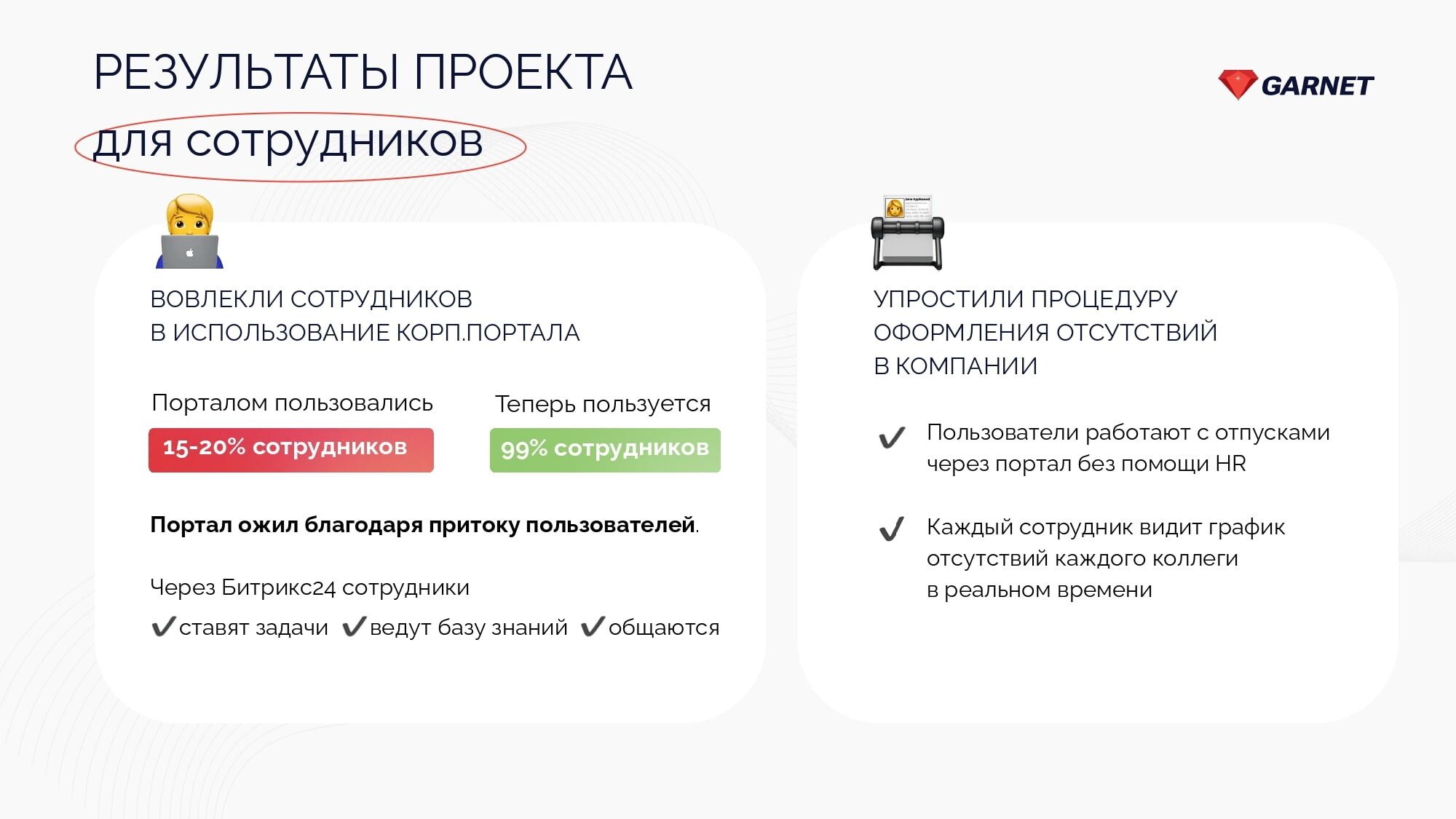
- Optimized the business process for requesting and reconciling absences for employees and line managers. Previously, the process of request and approval took 1-2 weeks, with the implemented automation, the process takes an average of several minutes, in exceptional cases - 1 business day. An employee sees the vacation approval status online on the portal, and the CEO can sign documents in bulk for several employees. The portal can also send notifications/reminders to employees who have a vacation planned or have accumulated a large number of vacation days.
- Refused to send paper documents -saved about 600,000 rubles a year on courier services and paper.
- Simplify the work of HR - due to the conversion of workflow to digital, approximately 30% of their working time was freed up for processing routine tasks. Now personnel officers do not have to draw up and send personnel documents, enter data for calculating vacations in 1C and monitor compliance with the plan / fact of the vacation schedule. Thanks to automation, the HR department can solve more tasks with fewer employees and not hire new HR specialists for routine work.
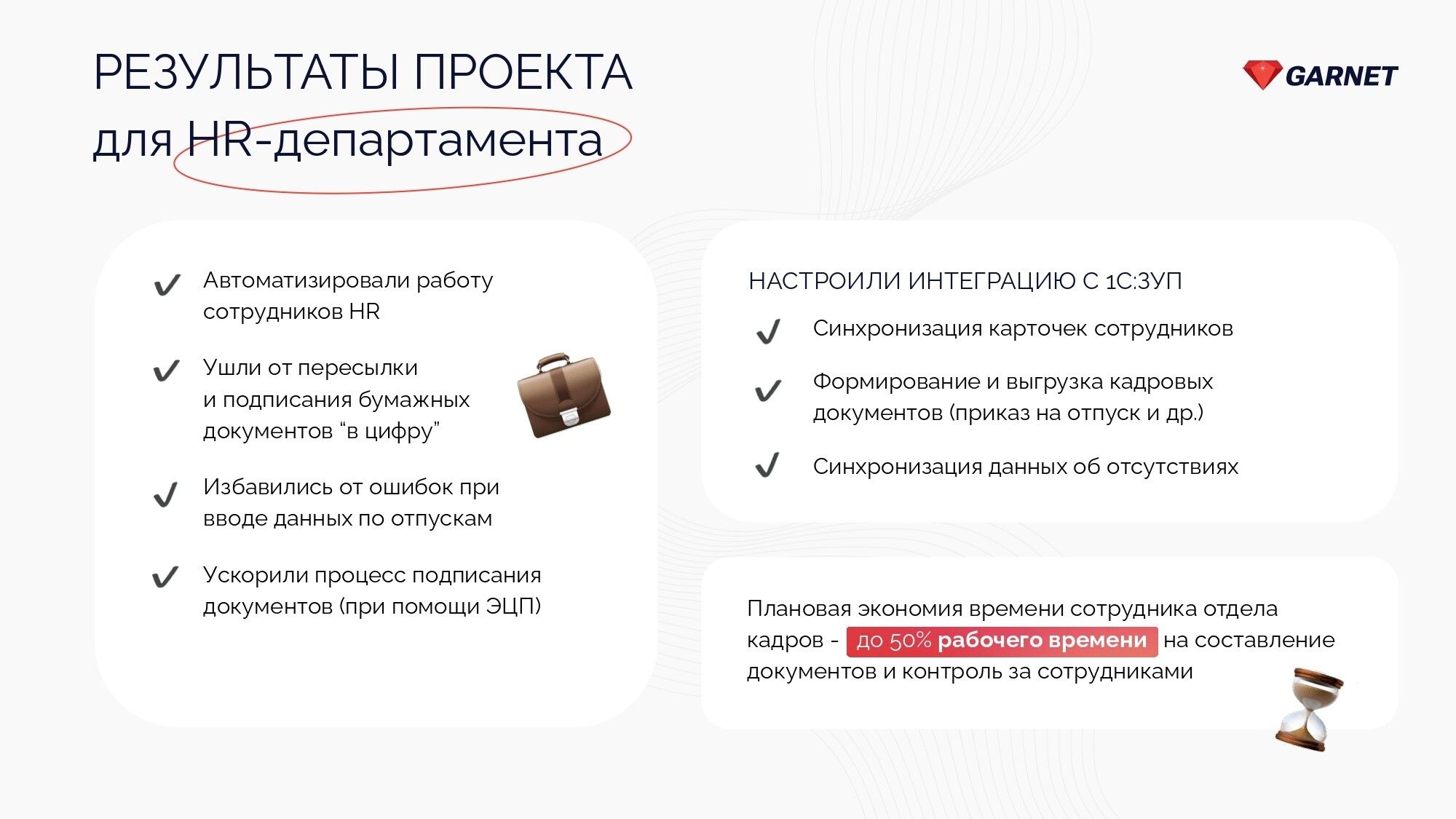
And here is a video demonstration of how the process of registering vacations through the corporate portal looks like
Results
The project for us and for the customer was complex, interesting and gave a good experience that I would like to share. Here is what we realized after implementation:
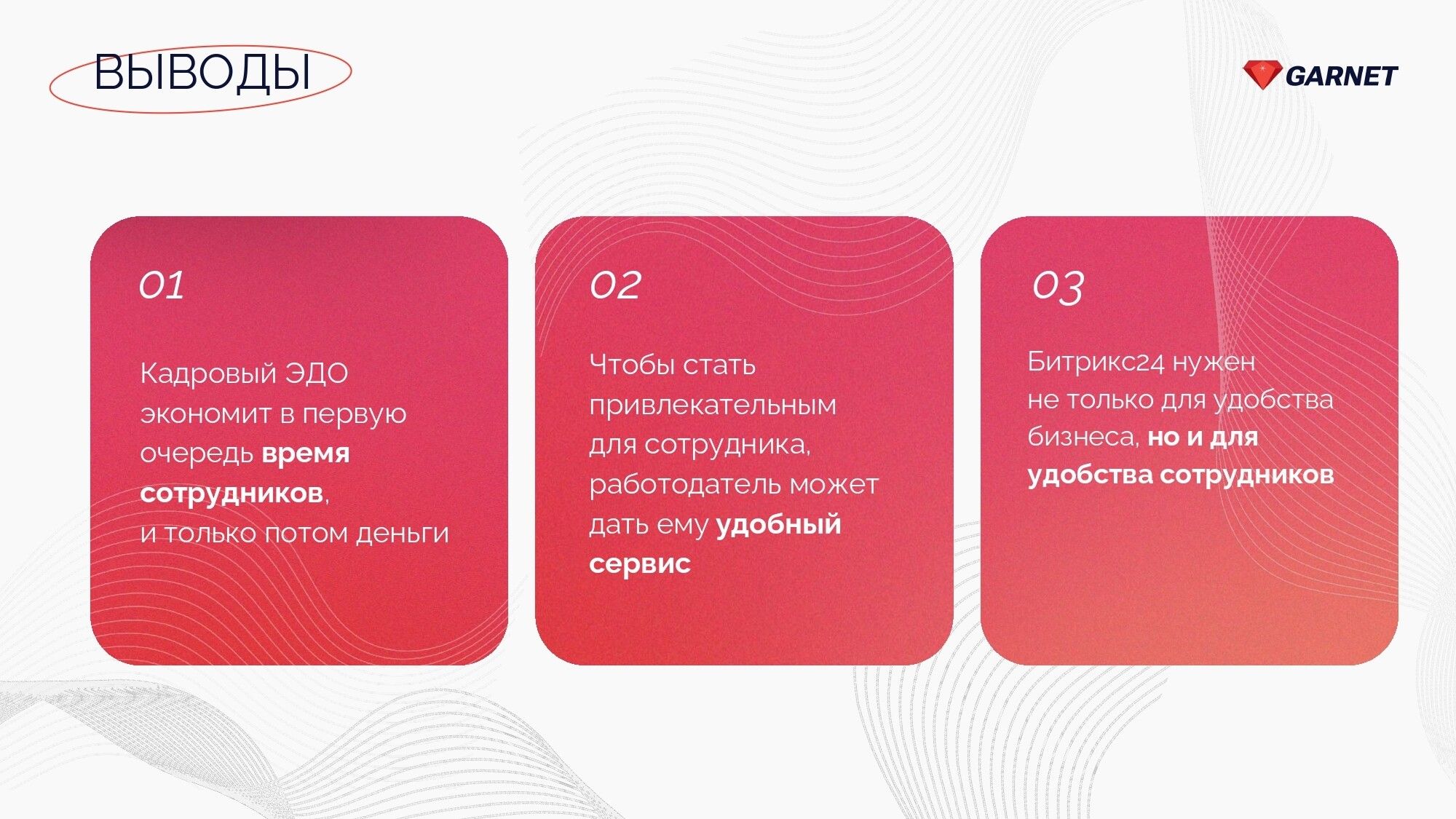
Lesson 1
Personnel EDI saves, first of all, the time of employees, and only then money.It is wrong to consider automation only as a way to save money on sending documents. It is much more important to optimize business processes - this will allow not to inflate the staff and increase the productivity of each employee. And this will lead to much greater savings on payroll.
Lesson 2
A convenient service for interaction between an employee and HR increases the attractiveness of a company for an employee.
Lesson 3
Bitrix24 is not only a reporting tool for business owners. First of all, it is a convenient platform for communication between employees (including remote ones).
Have questions or need to find a solution to Your problem?
Leave a request by filling out the feedback form. Our expert will contact you as soon as possible













